The 10 Items That the “Alone” Competitors Took into the Field to Keep Themselves Alive |
| Compact Stove
| Stove Windscreen
| Stove Fuel Canisters
|
- BRS 3000T
- Jetboil Flash
- Jetboil MiniMo
- MSR PocketRocket 2
- MSR WindBurner
- Snow Peak GigaPower 2.0
- Snow Peak LiteMax Titanium Stove
- Solo Stove Lite
- Soto Amicus
- Soto Windmaster
In addition to their recent article about the “Best Backpacking Stove” Sport Fitness Advisor has numerous other articles related to Hiking and Camping. You should go take a look.
https://www.sport-fitness-advisor.com/?s=hiking
https://www.sport-fitness-advisor.com/?s=camping
If you would like to see another expert opinion on what the best backpacking stoves currently on the market are - you should check out Clever Hiker’s latest list of “Best Backpacking Stoves”; he’s always got great insight into the gear you need.
Best Pocket Knife Article from Sport Fitness Advisor
- Best Pocket Knife
- Second Best Pocket Knife
- Best Budget Pick
- Best Pocket Knife for Hunting
- Best Pocket Knife for EDC
- Best Pocket Knife that is also a Multi-Tool
- Best Pocket Knife for Tactical Use
- Best Pocket Knife that is Foldable and Locking
- Best Pocket Knife with a Thumb Hole
The Sport Fitness Advisor article includes some great explanations on:
- What does tang mean in knife terms?
- What are the different kinds of locking blades out there?
- What are the advantages of fixed blade types?
- What are the pros and cons of having a pocket knife compared to using a multi-tool?
- What are the differences between fixed blades and folding types?
- What exactly is EDC? What are the common EDC?
- What are the advantages of having an EDC?
- And our favorite - since they also included the link to an article from Lansky's website from back on 5 February 2013 on "Knife Blade Profiles and Uses"
- What are the different blade profiles to choose from?
You can read the entire "Best Pocket Knife" article from Sport Fitness Advisor here.
https://www.sport-fitness-advisor.com/best-pocket-knife.html
In closing here’s our two cents on the best pocket knife topic. As you can see on our website’s Hiking and Camping pages we have several knives (and other bladed tools) for different jobs - but our favorite pocket knife is our Case Cutlery 135 Case Slimline Trapper. We also love our Buck 110 Auto.
A.G. Russell Knives
A.G. Russell Knives was established in 1964 and runs the oldest mail order knife business, the oldest knife collectors club and the oldest after-market knife business. They make shopmade knives in their headquarters in Rogers, Arkansas and have their own brand of A.G. Russell knives that are produced around the world. Their store also carries all the major knife brands such as Benchmade, CRKT, Kershaw, Buck, Case, SOG and others – and many different blades from handmade knife makers such as Randall Knives, Bob Dozier, Keith Murr, Dietmar Kressler, William Henry, Arno Bernard, and others.
Knife Encyclopedia: To assist knife lovers A.G. Russell thought that putting together a set of terms and drawings/photos about knives would be helpful to his customers. So he contacted Walter Gardiner, the President of Schrade Cutlery, who sent him their "Handbook of Knife Knowledge and Terms" along with Schrade’s approval to put it online. A.G. Russell took many of terms from the Schrade handbook and used it to start an online encyclopedia. Here are the links to the encyclopedia, the fixed blade knife types page and the blade shape page:
Knife Encyclopedia: https://agrussell.com/encyclopedia
Fixed Blade Types: https://agrussell.com/encyclopedia/fixed-blade-knife-types
Blade Shapes: https://agrussell.com/encyclopedia/blade-shapes
Stainless Steel Chart: https://agrussell.com/chart
Non-Stainless Steel Chart: https://agrussell.com/chart/non-stainless
https://agrussell.com/knife/A-G-Russell-Agents-Office-Knife--AGLB-CO13WP
- Founder - A. G. Russell Knives, Inc. (1964)
- Co-Founder and Honorary President - Knifemakers Guild (1970)
- President - The Knife Collectors Club (1970)
- First Honoree - Knife Digest Cutlery Hall of Fame (1974)
- Honoree - Blade Magazine Cutlery Hall of Fame (1988)
- Regent - The American Knife and Tool Institute.
Although A. G. Russell III passed away in 1998, his expertise and designs live on in the current A.G. Russell knives. You really ought to look at their websites; they’ll definitely have something that you’ll want to buy.
United Cutlery M48 Tactical War Hammer with Vortec Sheath
1) Essential Necessities – Gear that you absolutely must have to even consider a Hiking, Camping or Shooting adventure. Gear like a good pair of hiking boots, a quality tent or hearing protection. Without these items you either can’t start your activity, or you risk having a bad outcome during the outing.
2) Need to Have Gear – This is gear that is one step up from the minimum necessary gear. Gear that you might get away with not having initially, but that really need to have to be prepared for the Hiking, Camping or Shooting activity. This type of gear includes items like a hiking first aid kit, lightweight trail food, a sleeping pad, slings or paper targets.
3) Nice to Have Gear – This category includes the gear that you invest in as you participate in more Hiking, Camping or Shooting adventures. You really don’t “have to have” this gear, but it makes doing the activity easier or more fun. In this category we would include a camera to take on your hikes, a good saw to take camping with you and a good range bag to keep all your stuff together when you go shooting.
4) Want to Have Gear – Finally there is the category that includes all the gear that you really don’t need – but want so much that you purchase it anyway. Here we include multiple compasses (since there’s always a better one out there on the market somewhere), another knife or other bladed tool (after all who doesn’t need a pocket knife, mid-sized locking blade knife, fixed blade survival knife, machete, hatchet, axe, etc.,), or another firearm that’s a different caliber or design than the ones that you already own.
In our opinion, the problem with being a long time Hiker, Camper and Shooter is that you quickly acquire the “essential necessities” and “need to have” items since they are what really make your adventures possible, practical and fun. Then, over the next several of years, you buy the “nice to have” items since they allow you to do more and make your adventures easier and more comfortable. After that you’re just gilding the lily by purchasing more and more gear that seems novel, better or just cool.
Well, we’ve been Hiking, Camping and Shooting for quite a while, so we are now clearly in Phase 4 – purchasing gear that we “want to have” – but really don’t need. Being in that mode leads to purchases like the United Cutlery M48 Tactical War Hammer with Vortec Sheath; an item that you can have a lot of fun with – but has no real practical value.
In addition, if you like tactical bladed weapons, then you might want to check out United Cutlery’s entire M48 line of products at:
https://www.unitedcutlery.com/Category.aspx?cat=M
A Pocket Guide and Smart Phone App to Help You Identify Animal Tracks
- Common and Latin Name
- Track Length and Width
- Number of Toes
- Shape of Toes
- Claw Size
- Track Symmetry
- Mammal Family
- Location by US State, Canadian Province, or Mexico
|
|
|
Here’s the link to the Apple Store for iTrack Wildlife Pro:
https://itunes.apple.com/us/app/itrack-wildlife/id478516226?mt=8
Here’s the link to the Google Play Store for iTrack Wildlife Pro:
https://play.google.com/store/apps/details?id=com.itrack.Pro&hl=en
Another Good Source for Gear Reviews, Gear Checklists and Outdoor Knowledge
- The Hiking Ten Essentials
- Navigation
- Hydration
- Nutrition
- Shelter
- Sun protection
- Fire
- Illumination (lighting)
- First-aid supplies
- Toolkit
- Insulation (clothing)
- Food & Water
- Food
- Water
- Purification System
- Water Bottle or Bladder?
- Clothing
- Footwear
- Boot
- Shoe
- Tops
- Bottoms
- Accessories
- Footwear
- Health & Hygiene
- Backpacks & Organization
- Other Recommended Items
- Comfort & "Luxury" Items
Hiking Gear
Camping Gear
Disaster Preparedness Gear
Shooting Gear
“Rex Specs” – What Your Best Friend Might Need on Your Outdoor Adventures
There are probably times that due to the weather conditions you wear goggles. But what about your best friend? Well here's a solution - "Rex Specs"; goggles specifically made for dogs:
If you have a dog that you adventure with you might want to check out their website:
https://www.rexspecs.com/
Slide Fire Bump Fire Stocks
Since the stocks are not considered adjustable stocks or trigger manipulation devices they’ve been legally certified by the ATF. In addition, since their launch in 2010, Slide Fire has not been notified by any individual state that their products conflict with any state laws. You can even download a copy of the BATFE’s approval letter on the Slide Fire website.
To use the Slide Fire stock the operator places their finger on the stock’s trigger rest and pulls the firearm forward so that the trigger collides with the stabilized finger, firing the first round of ammunition in the chamber. The recoil force from the discharging ammunition pushes the firearm rearward so that the trigger separates from the stabilized finger and then the process starts again. The intensity of the forward activation force can be varied by the user on-the-fly to change the firing tempo.
You can check out all the details about the Slide Fire bump fire stocks here:
http://www.slidefire.com/
What's On This Page?
Here's where we post reviews, questions, answers, thoughts and other information that's of general interest to our followers in a blog format.
Categories
All
Adventures
Camping
Disaster Preparedness
Hiking
Interesting Gear
New Gear
Our Thoughts
Shooting
Site Additions
Trade Shows
Website Statistics
Archives
August 2023
June 2023
March 2023
February 2023
January 2023
December 2022
November 2022
October 2022
September 2022
August 2022
July 2022
June 2022
May 2022
April 2022
March 2022
February 2022
January 2022
December 2021
November 2021
October 2021
September 2021
August 2021
July 2021
June 2021
May 2021
April 2021
March 2021
February 2021
January 2021
December 2020
November 2020
October 2020
September 2020
August 2020
July 2020
June 2020
May 2020
April 2020
March 2020
February 2020
January 2020
December 2019
November 2019
October 2019
September 2019
August 2019
July 2019
June 2019
May 2019
April 2019
March 2019
February 2019
January 2019
December 2018
November 2018
October 2018
September 2018
August 2018
July 2018
June 2018
May 2018
April 2018
March 2018
February 2018
January 2018
December 2017
November 2017
October 2017
September 2017
August 2017
July 2017
June 2017
May 2017
April 2017
March 2017
February 2017
January 2017
December 2016
November 2016
October 2016
September 2016
July 2016
June 2016
May 2016
|
|
Copyright 2016-2024 Hiking, Camping and Shooting |
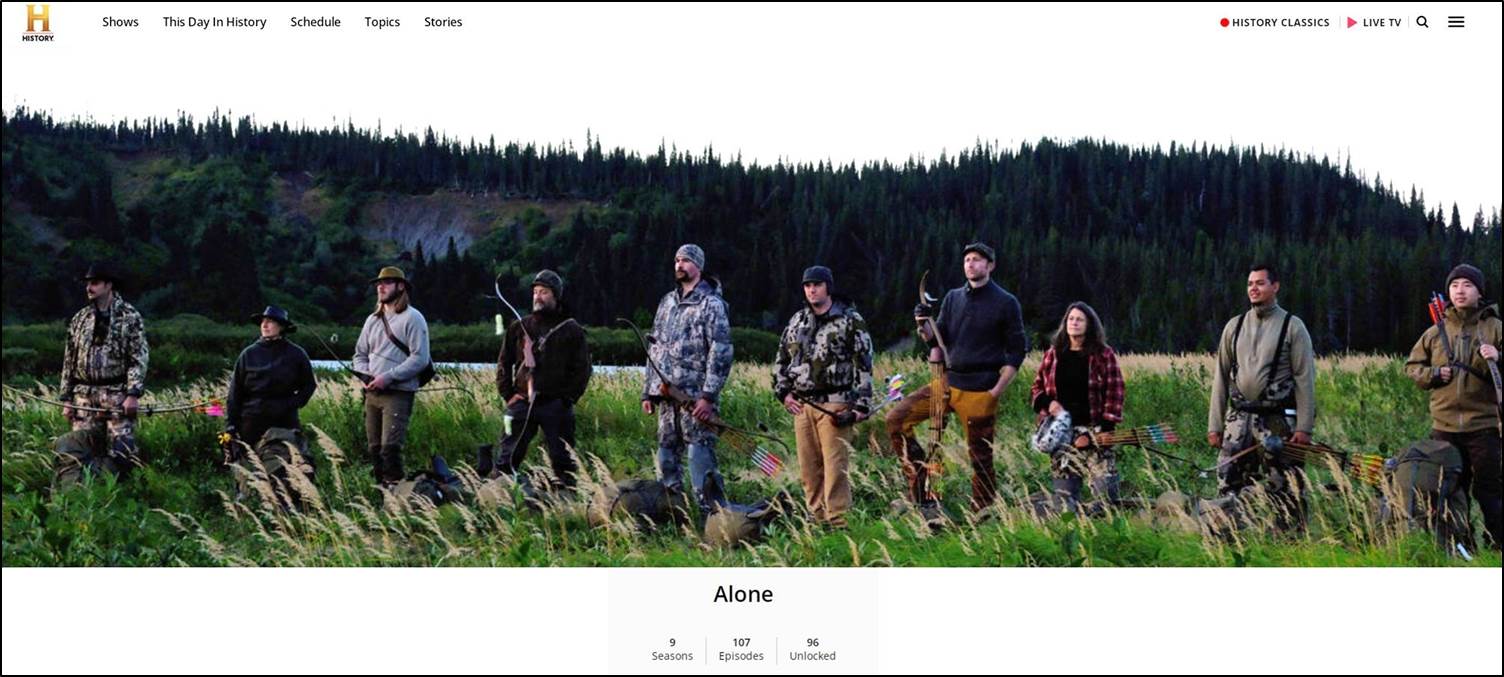

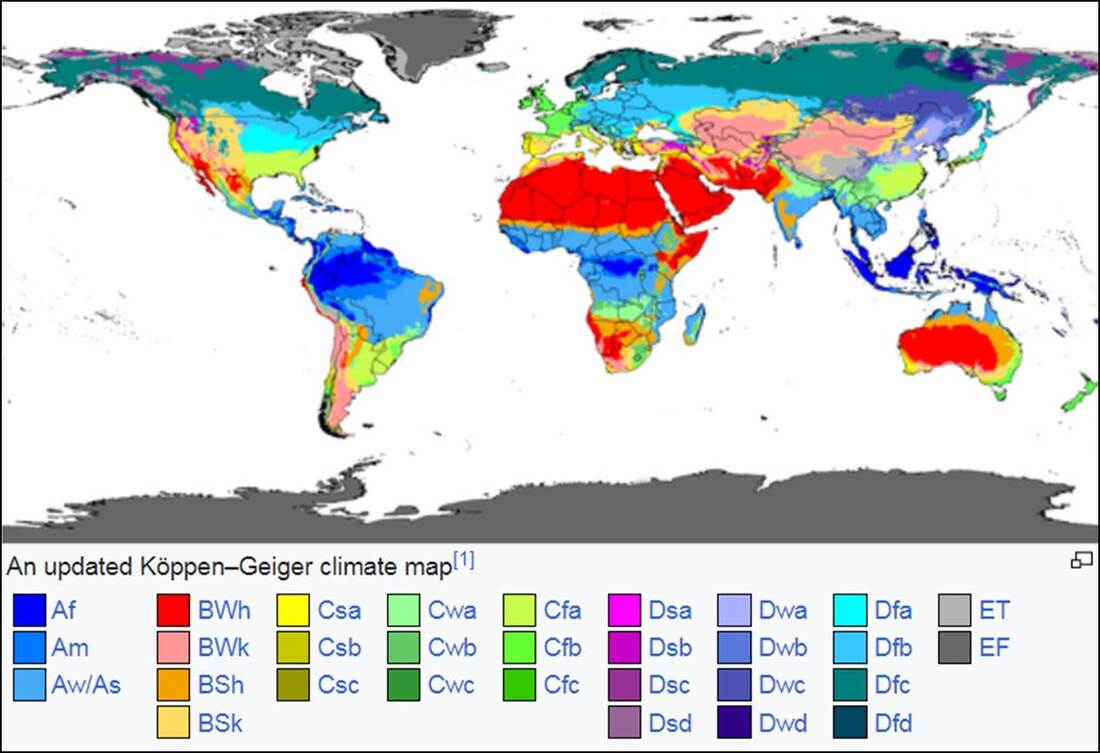
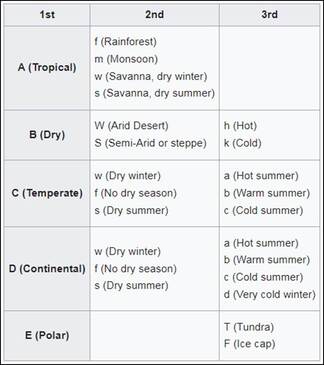
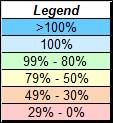









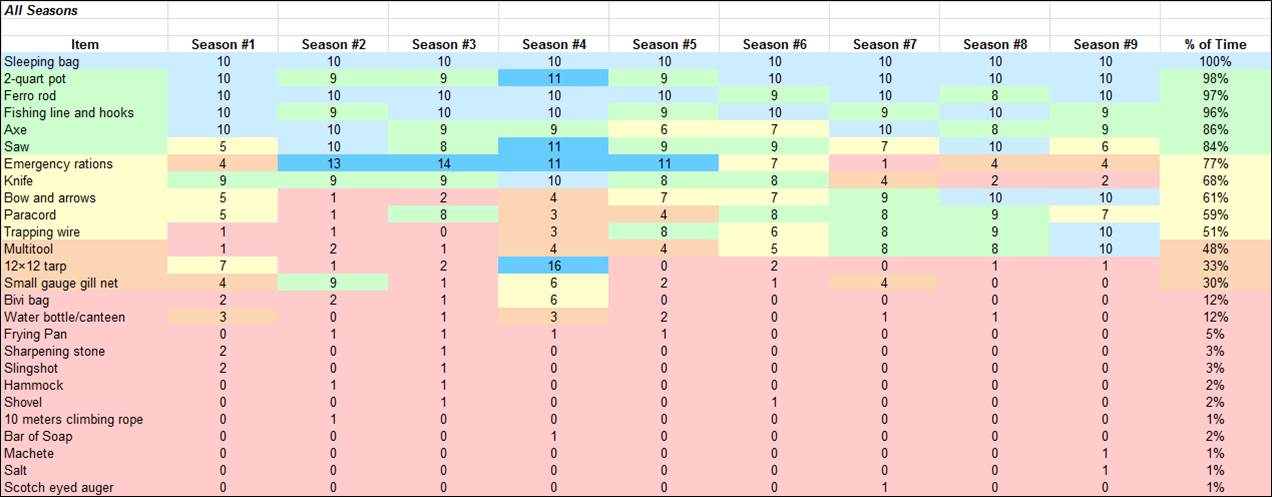
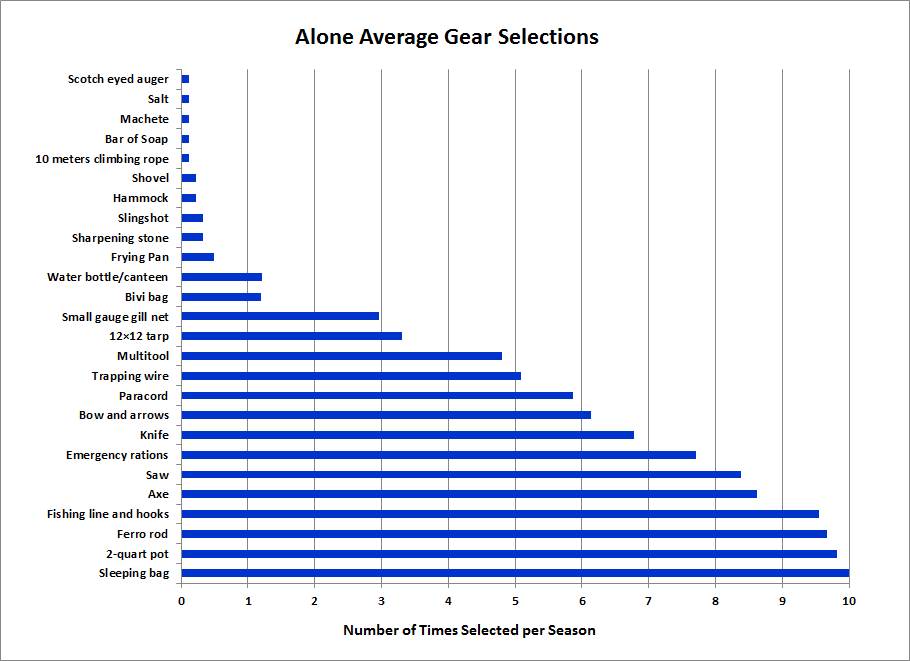
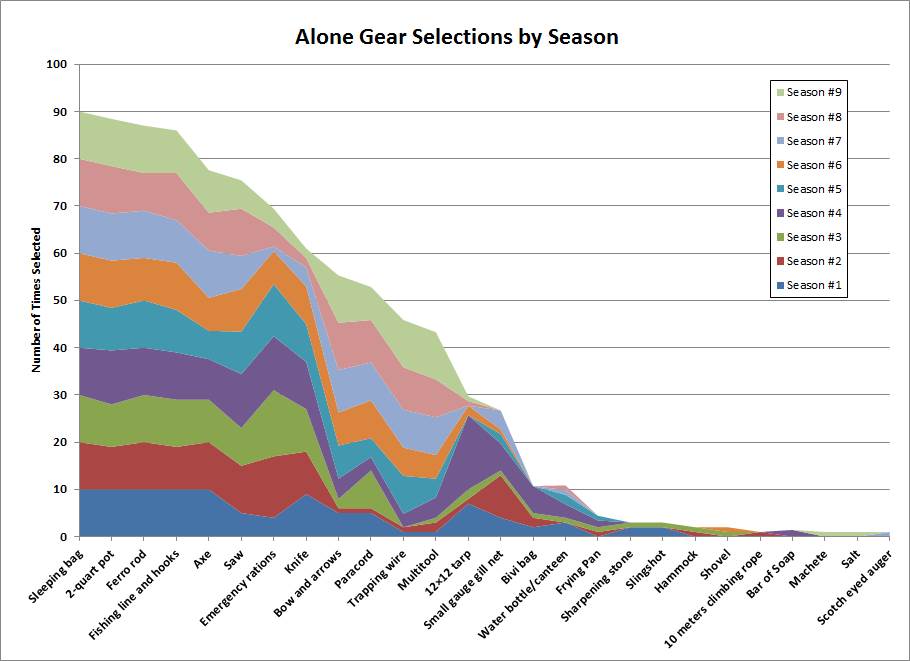
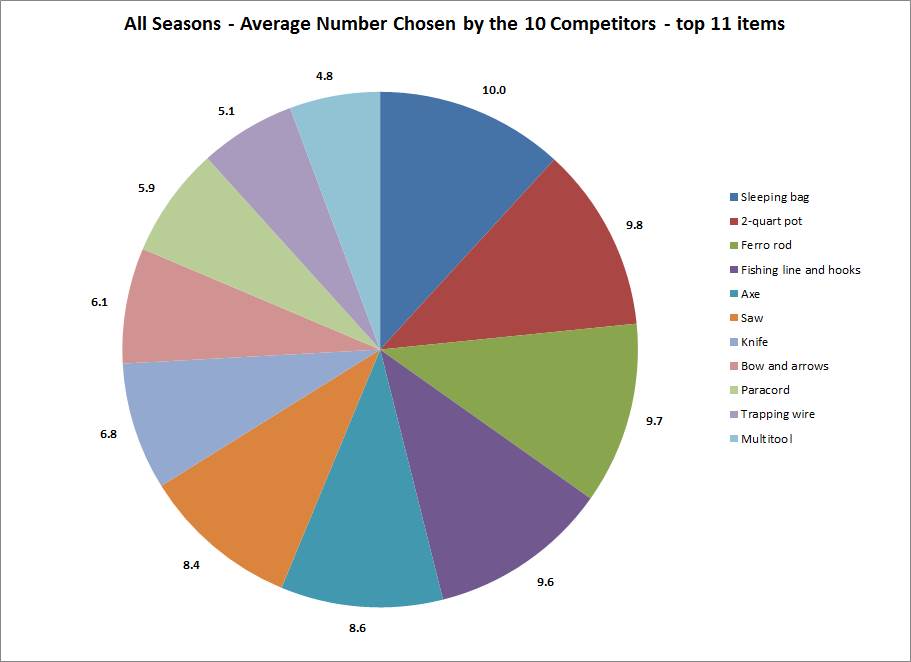
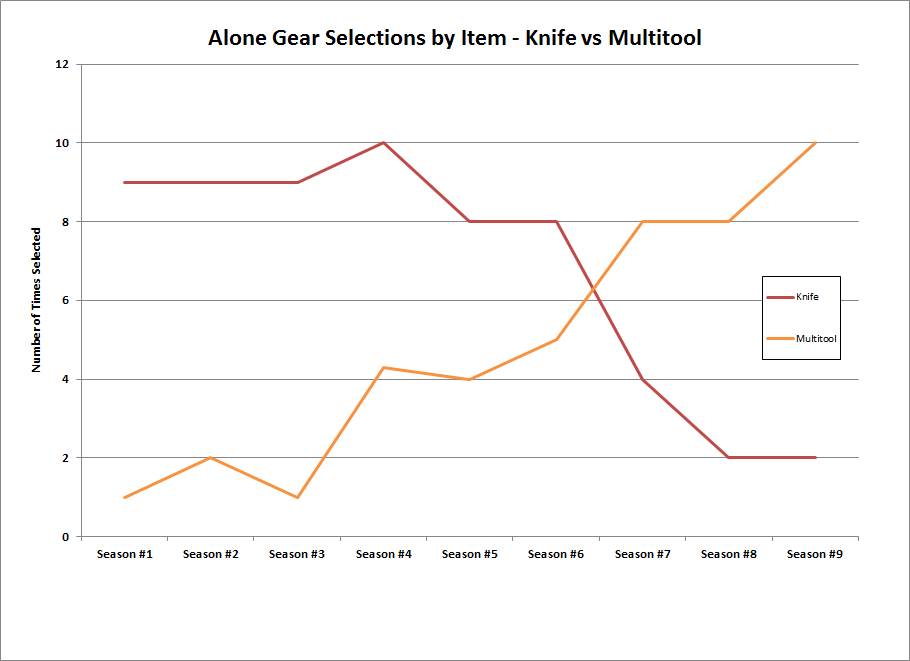
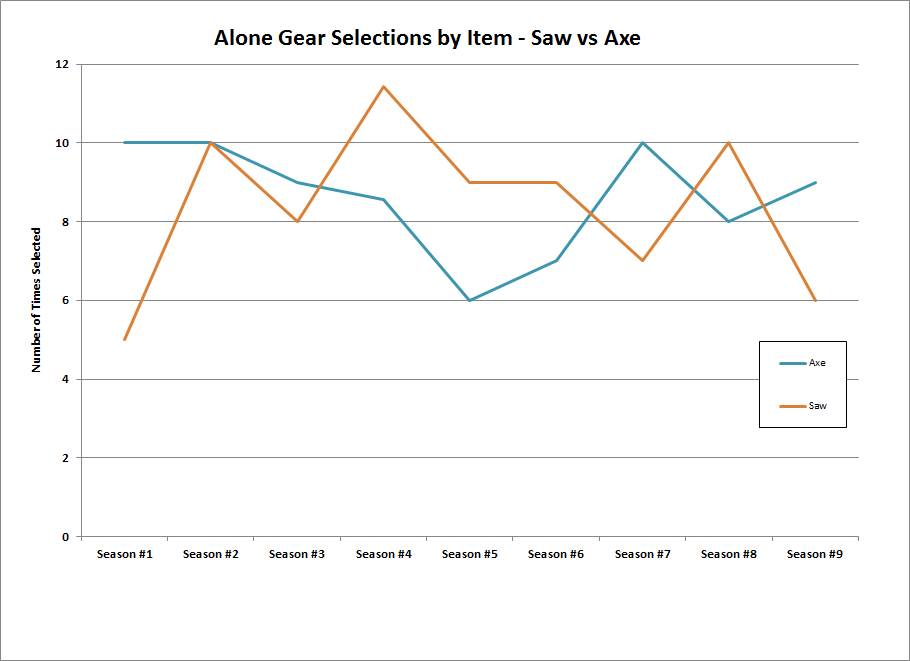
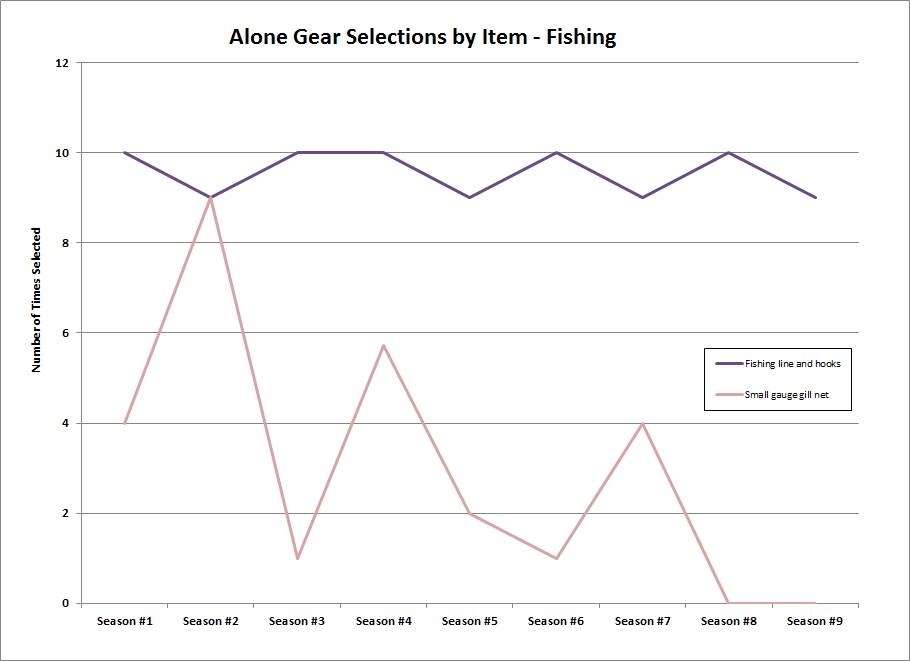
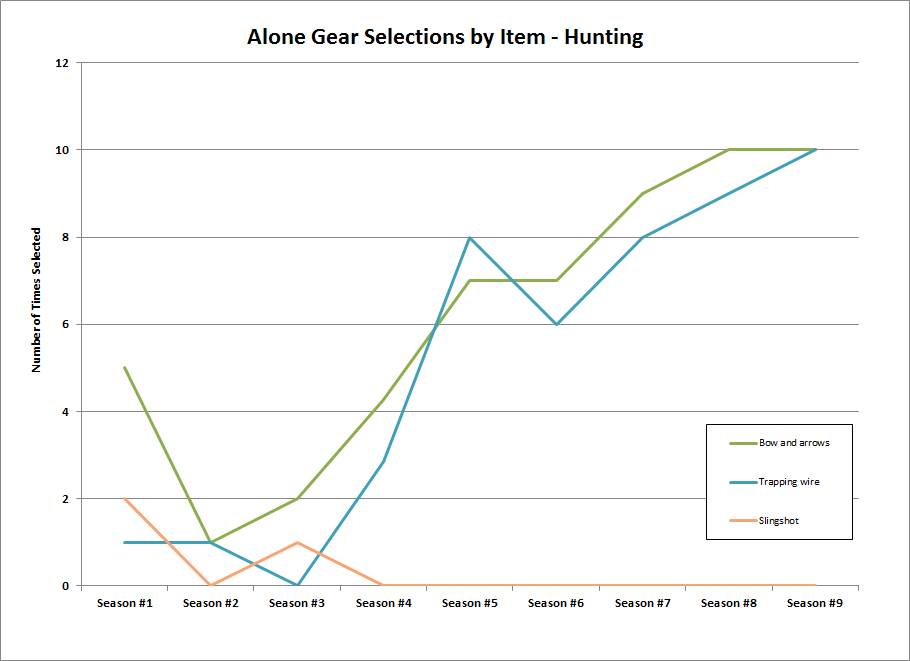
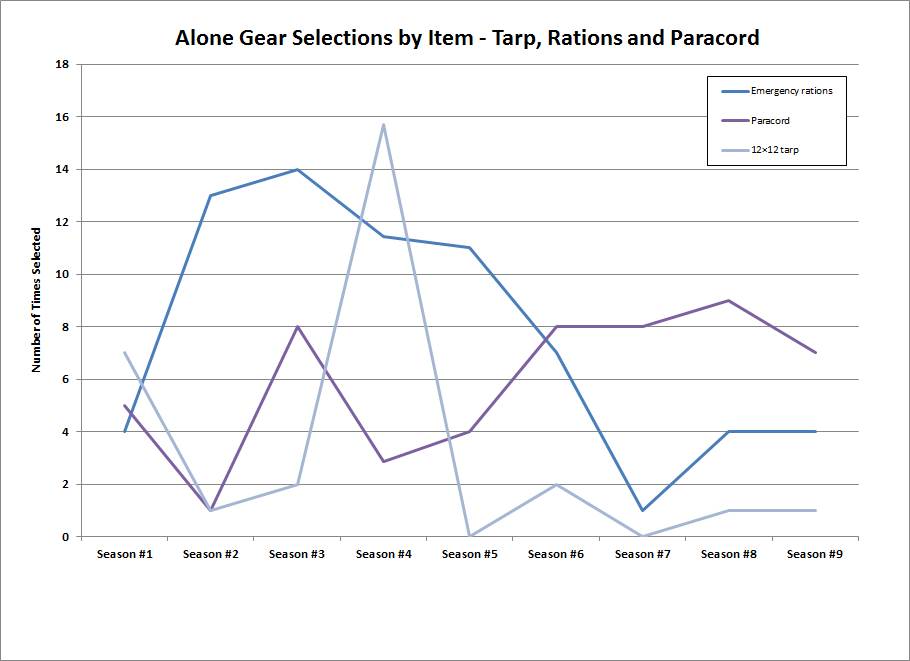

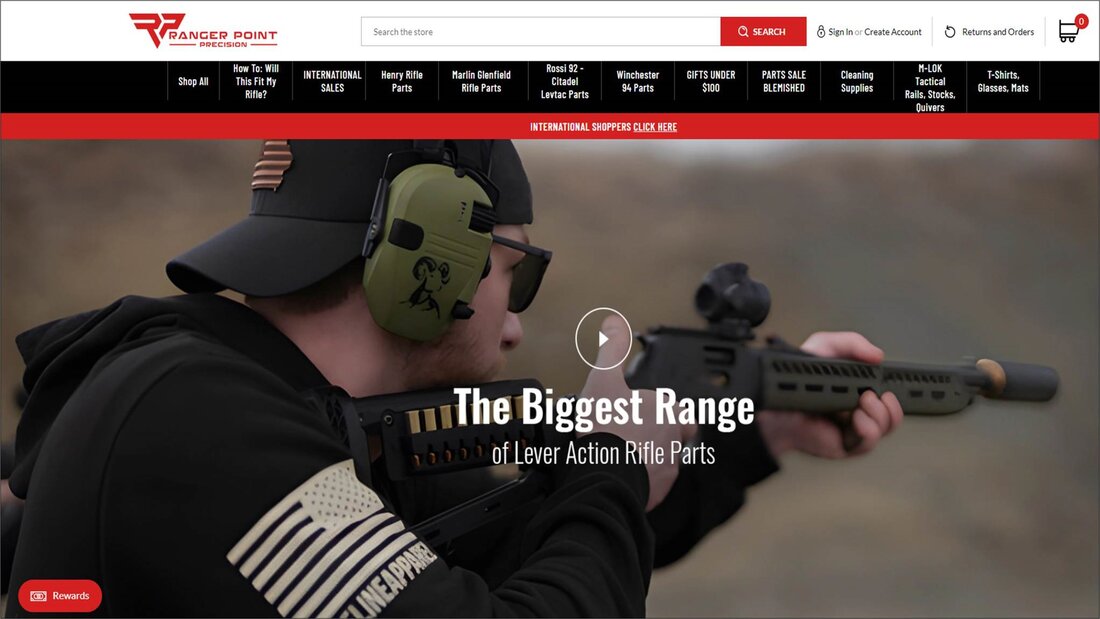
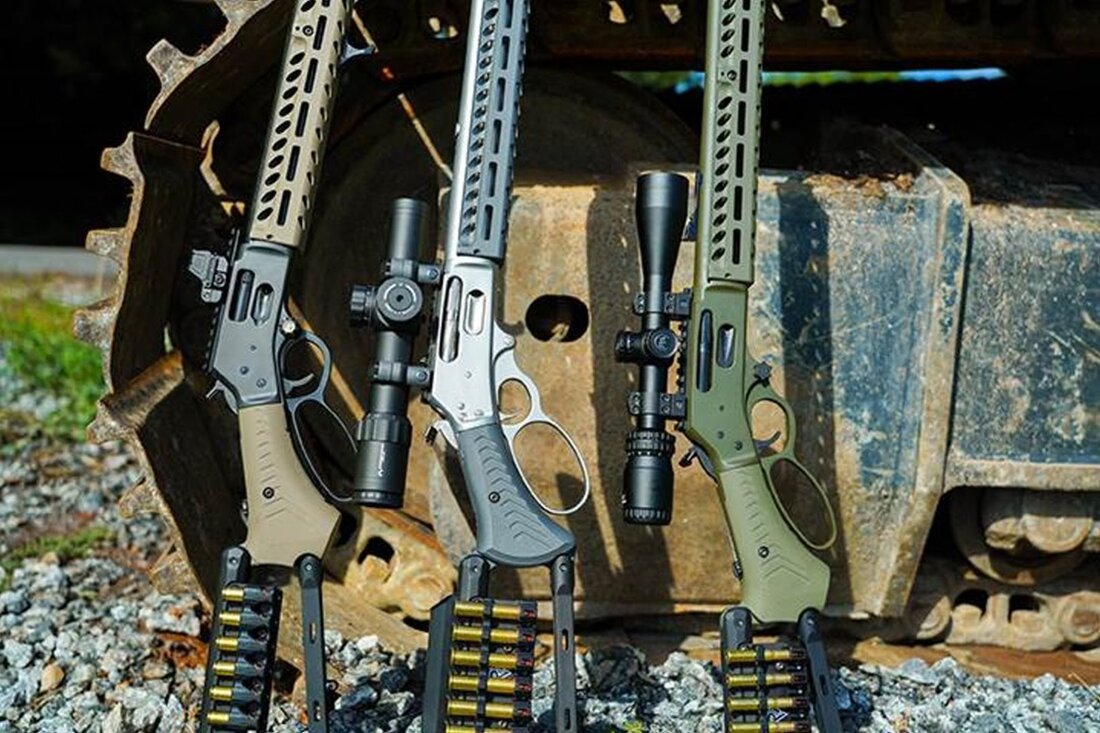
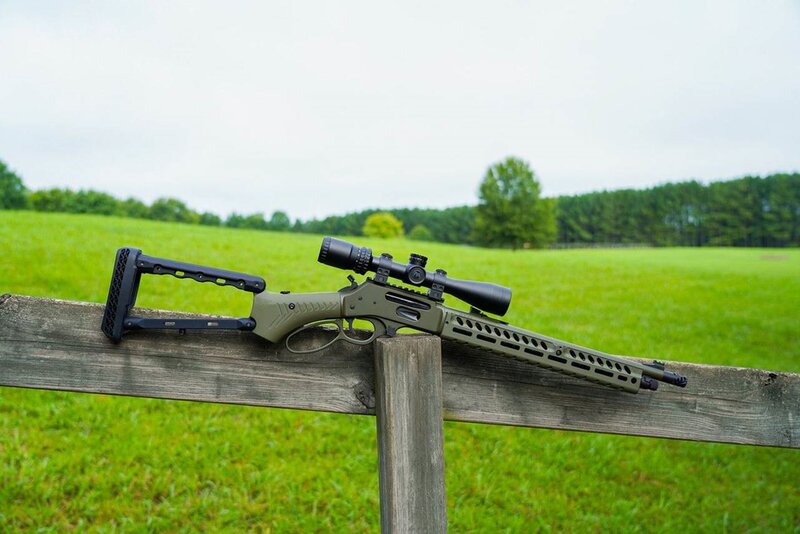
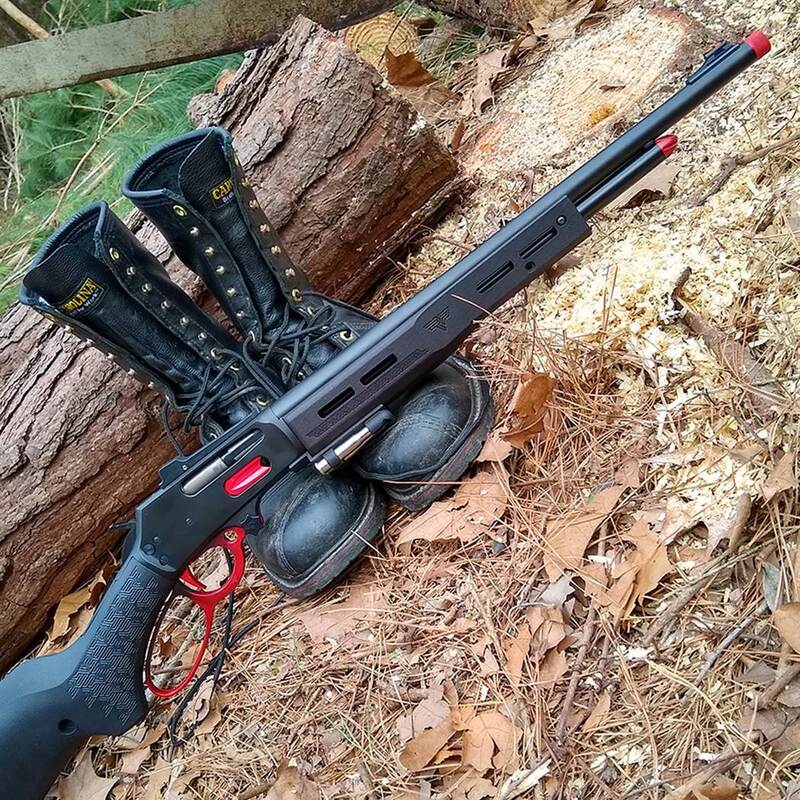
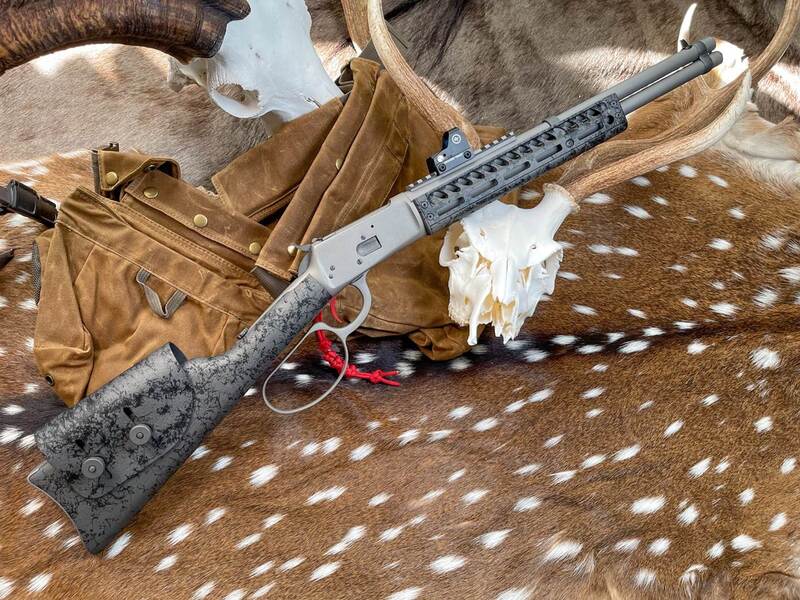
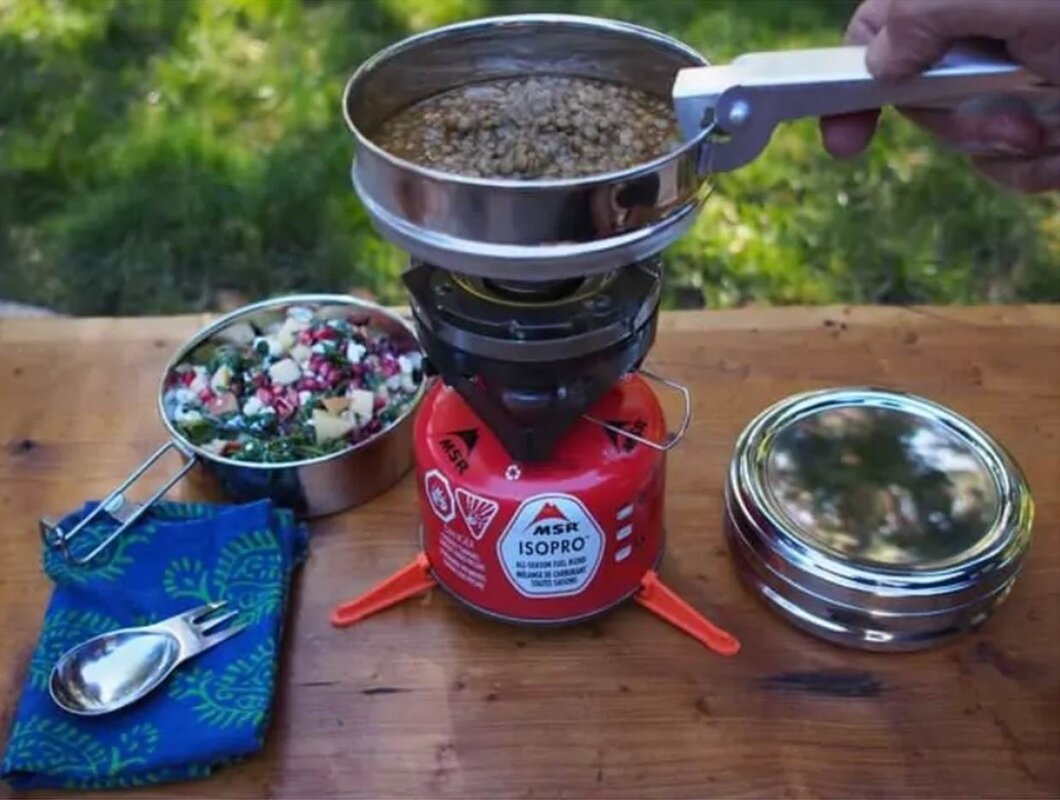
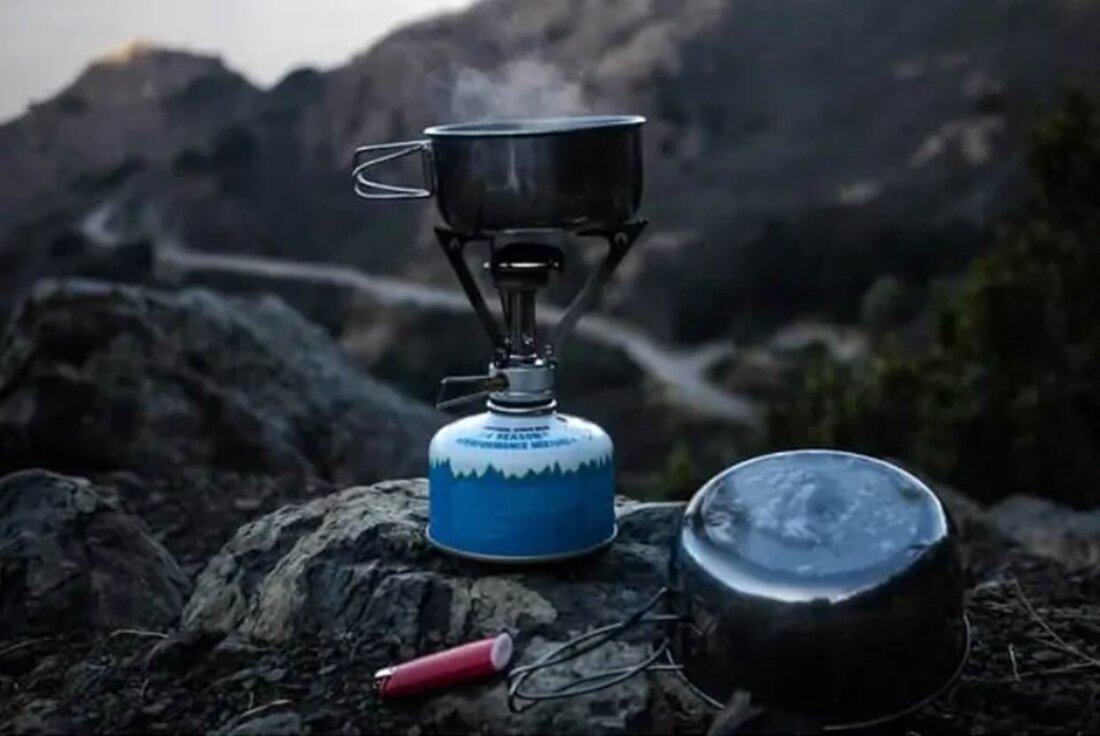
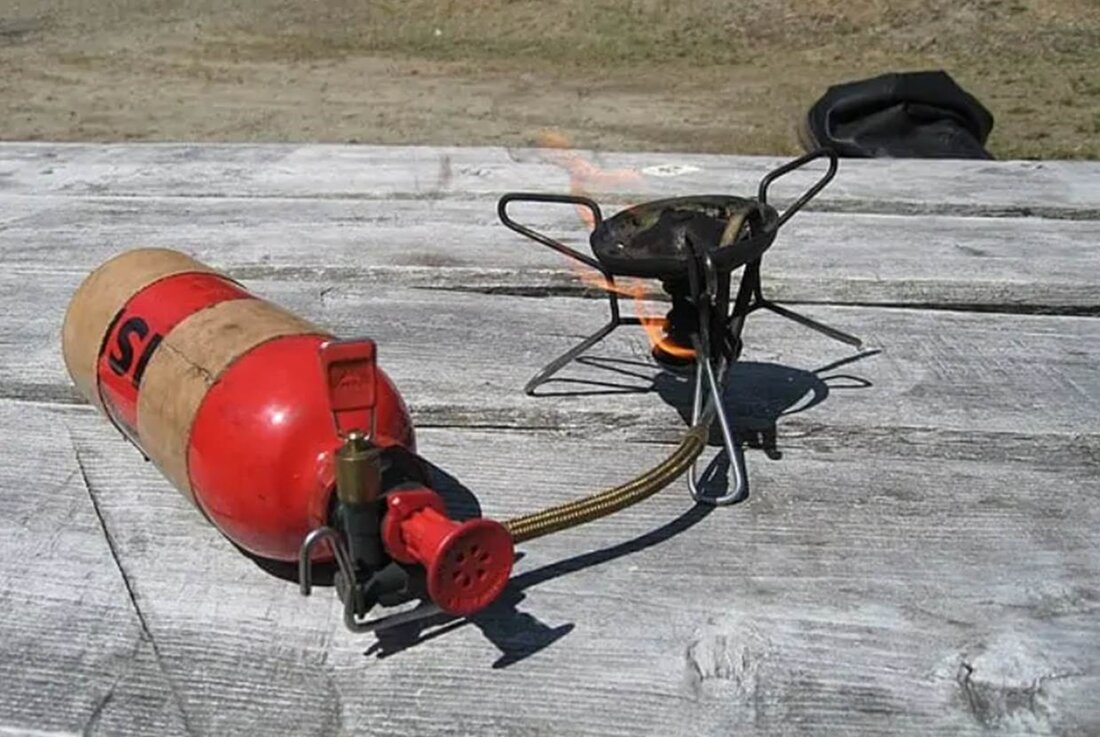
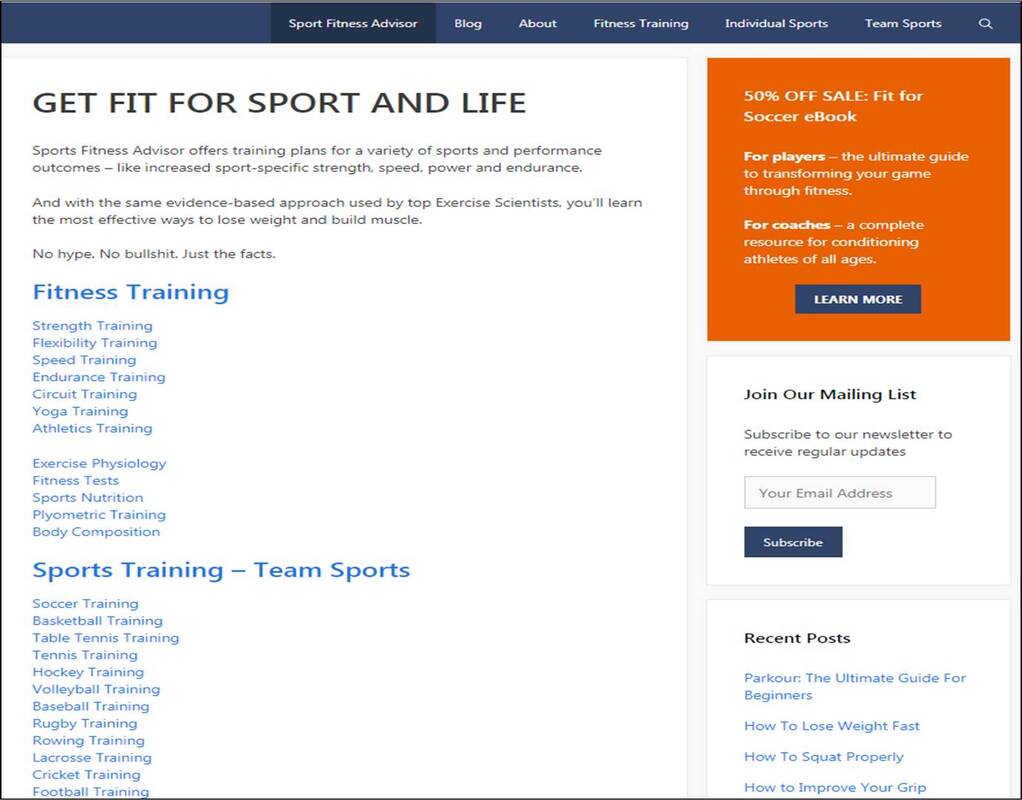

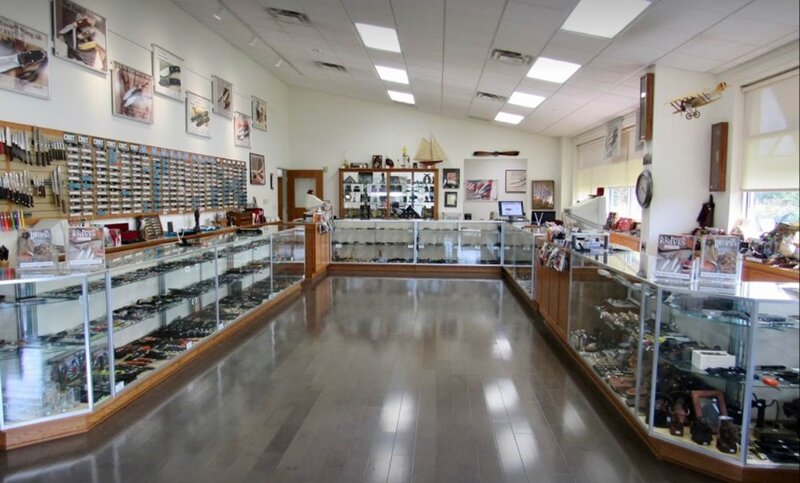
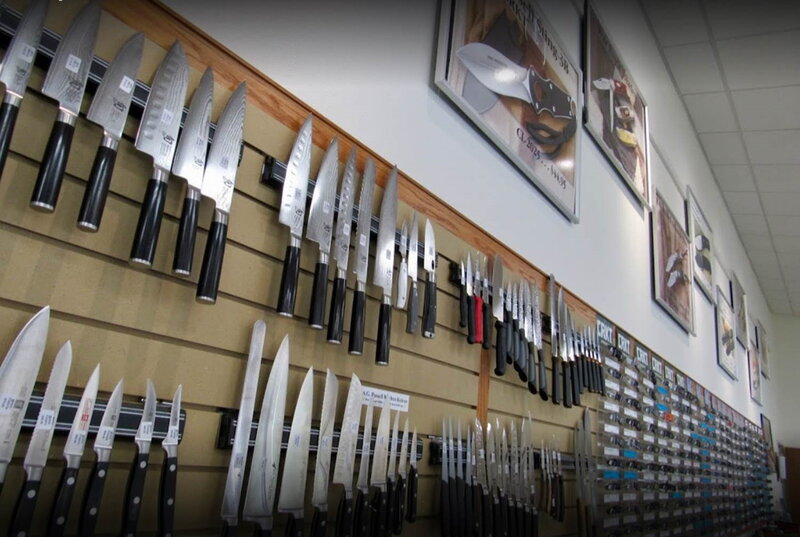
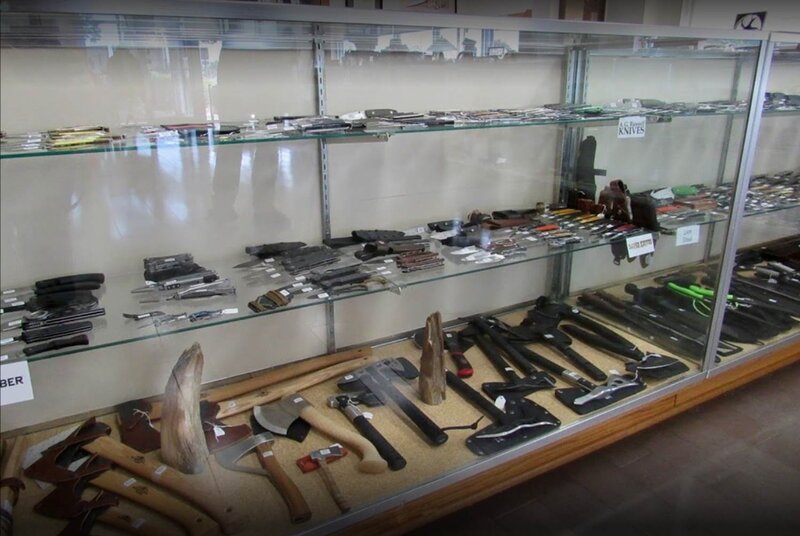
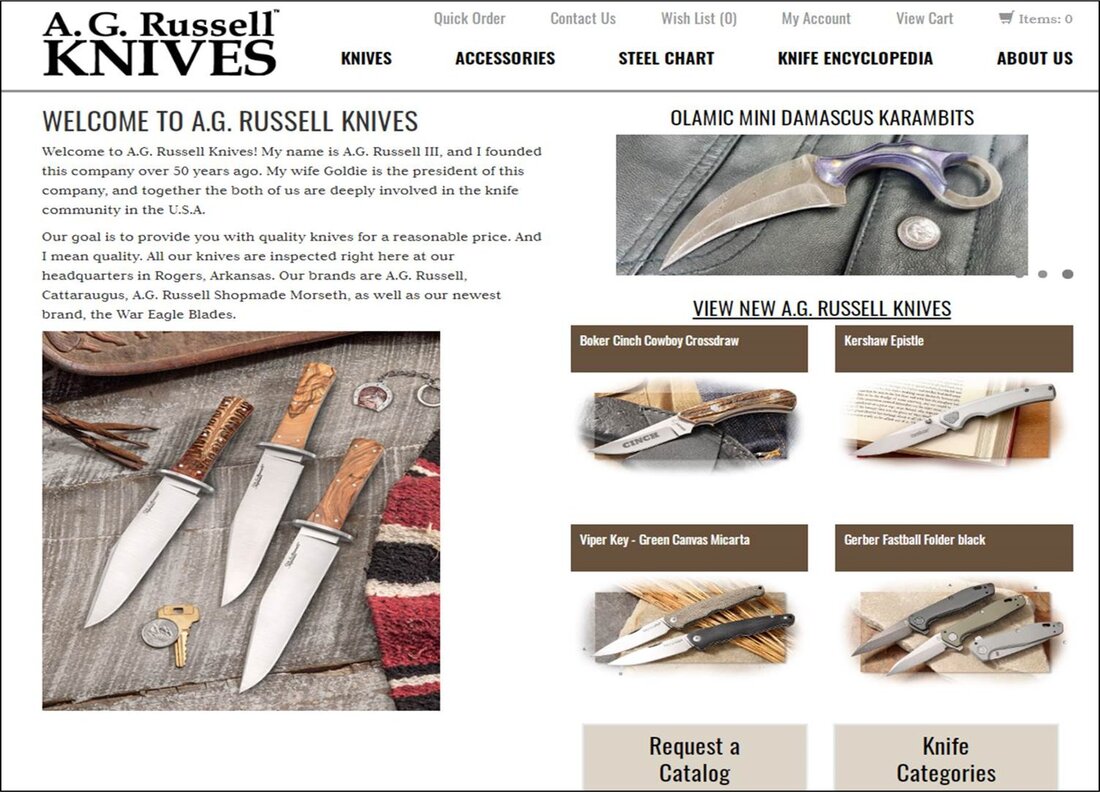
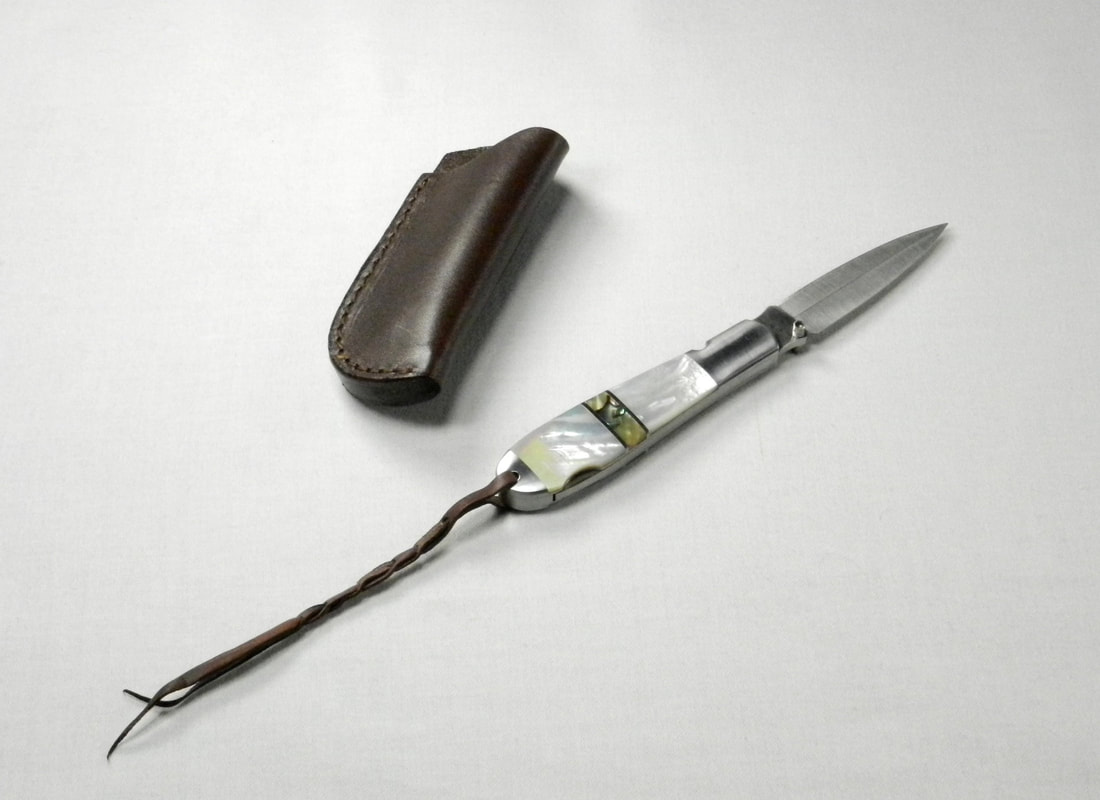
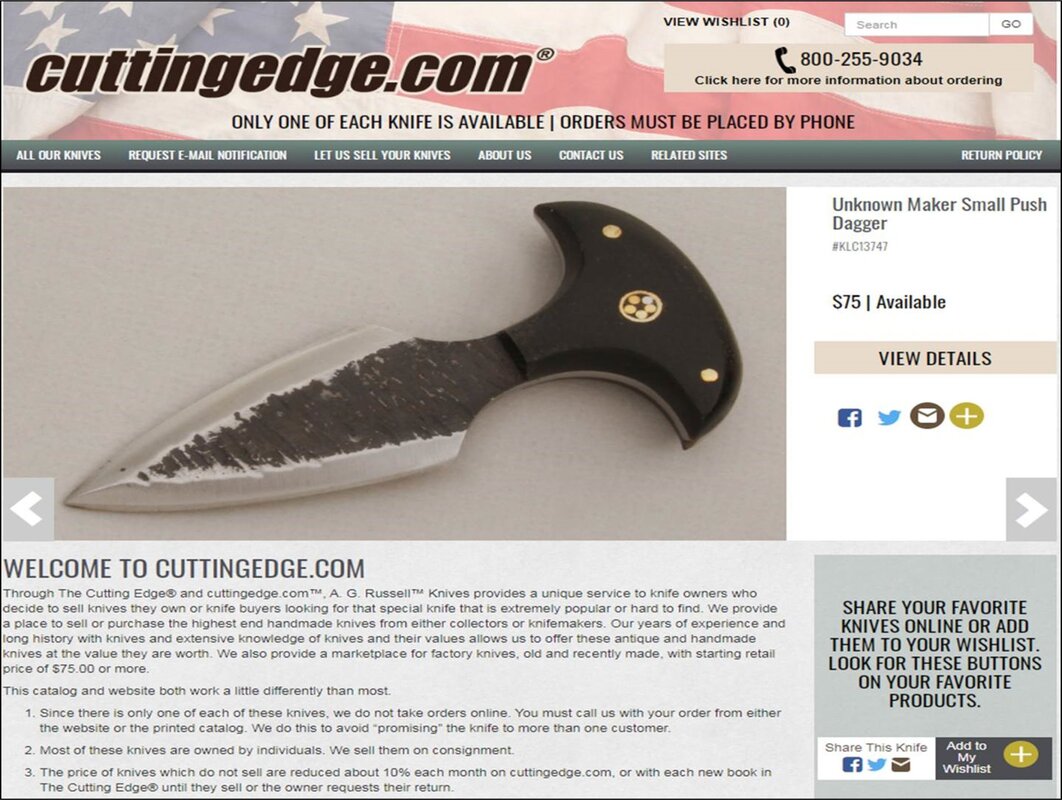
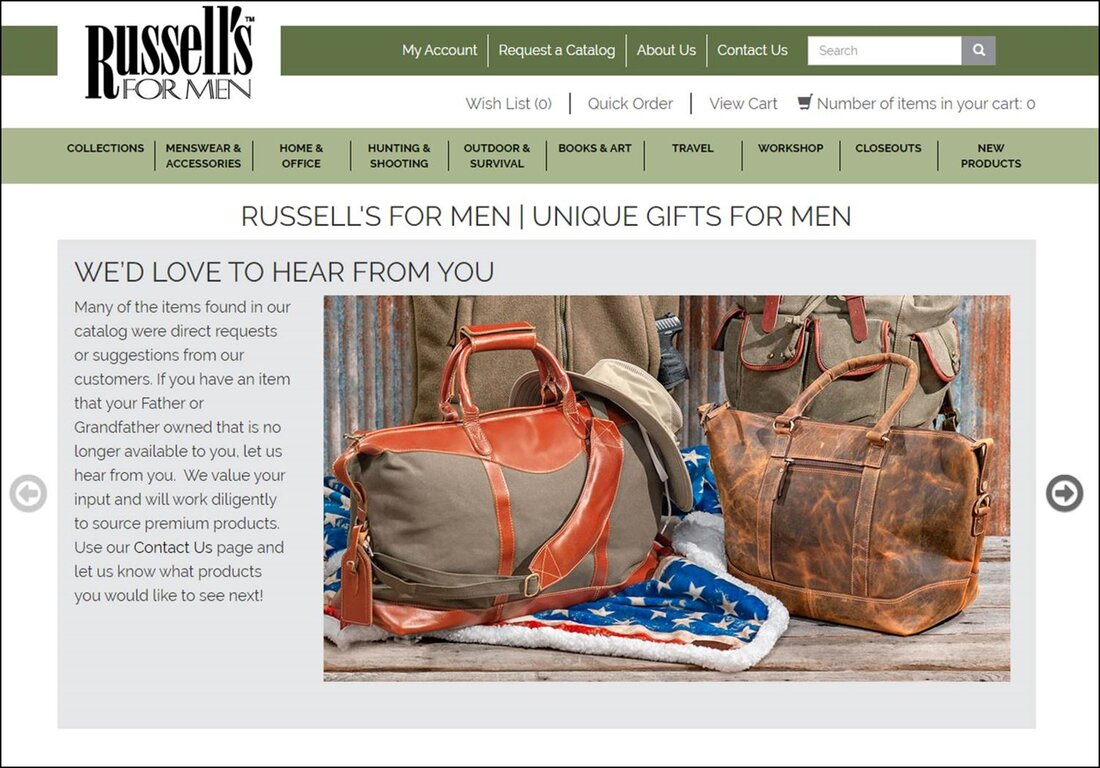

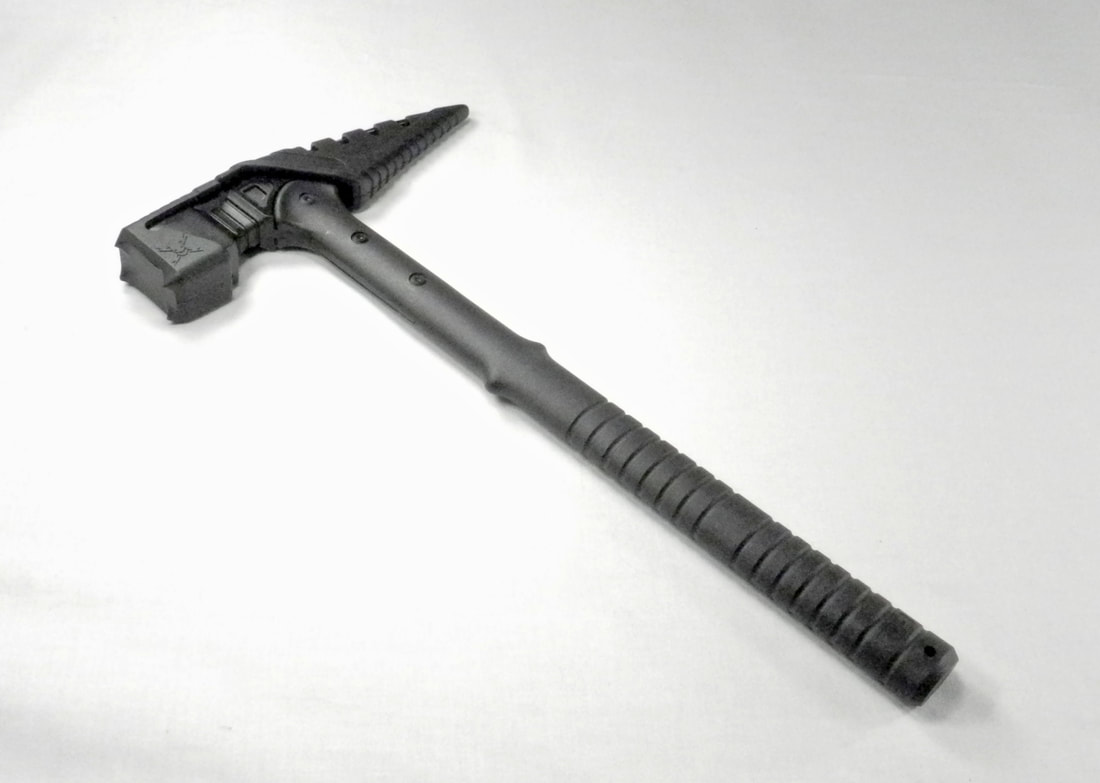
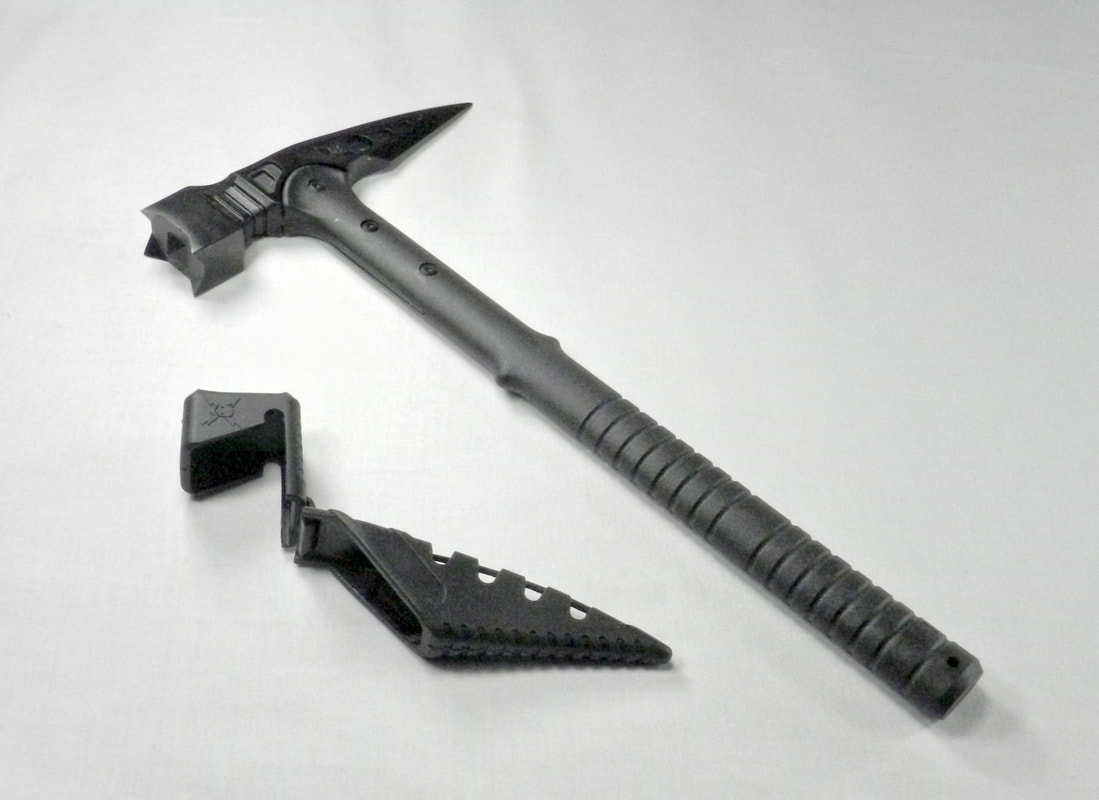
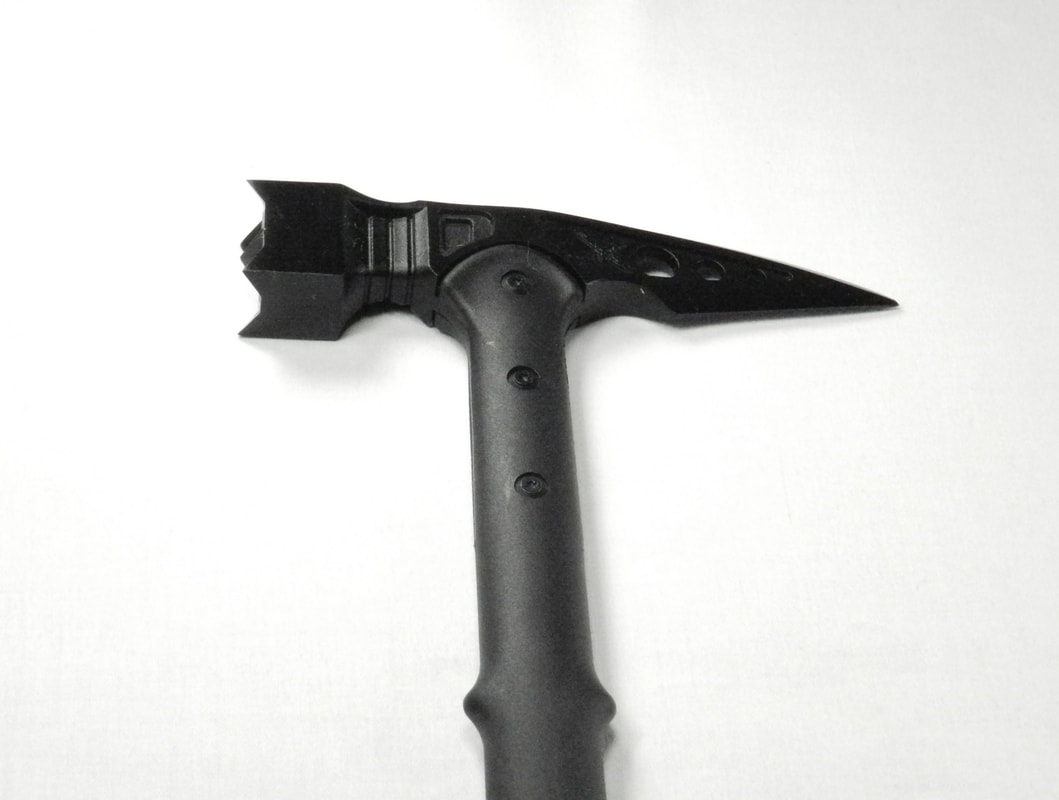

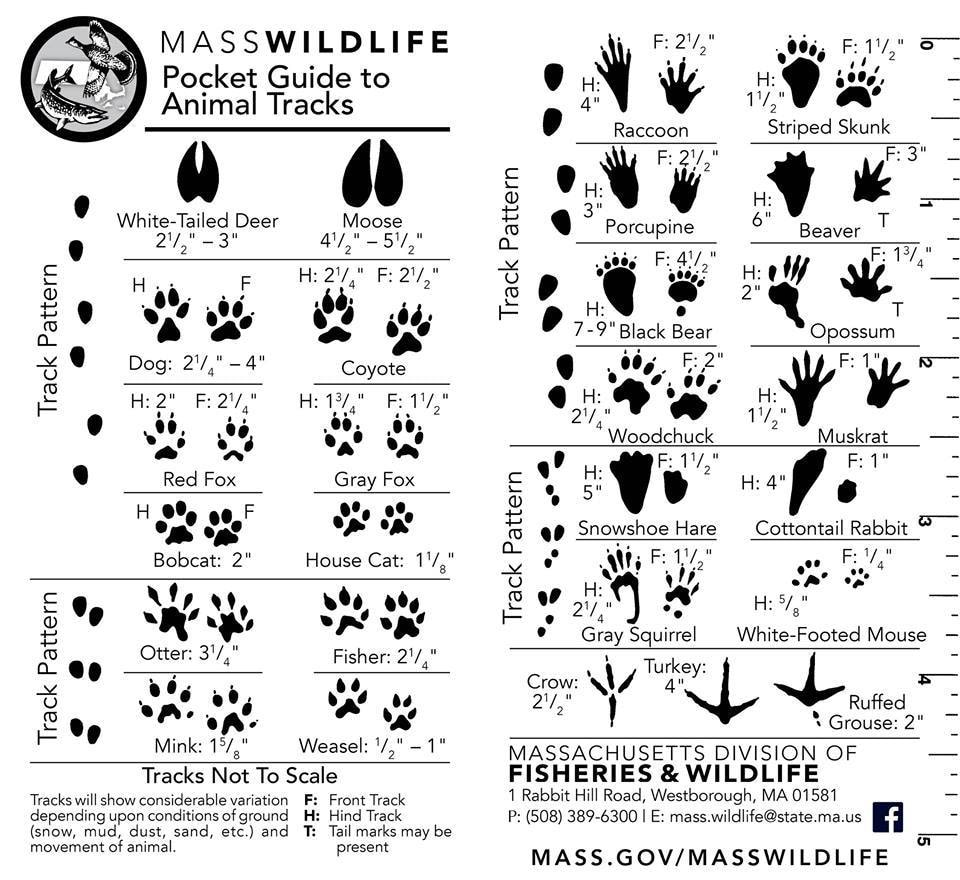
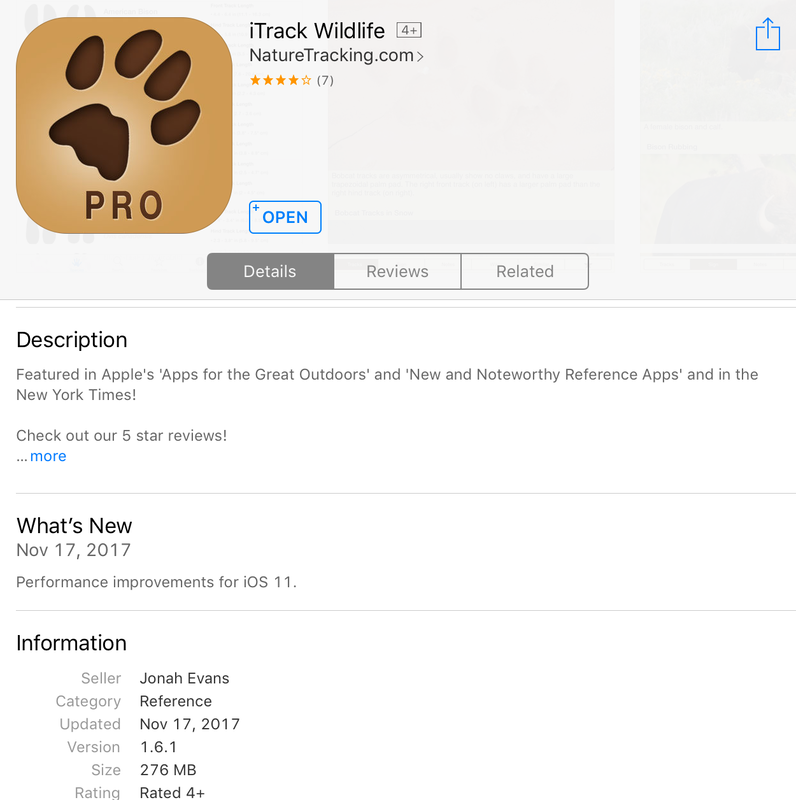
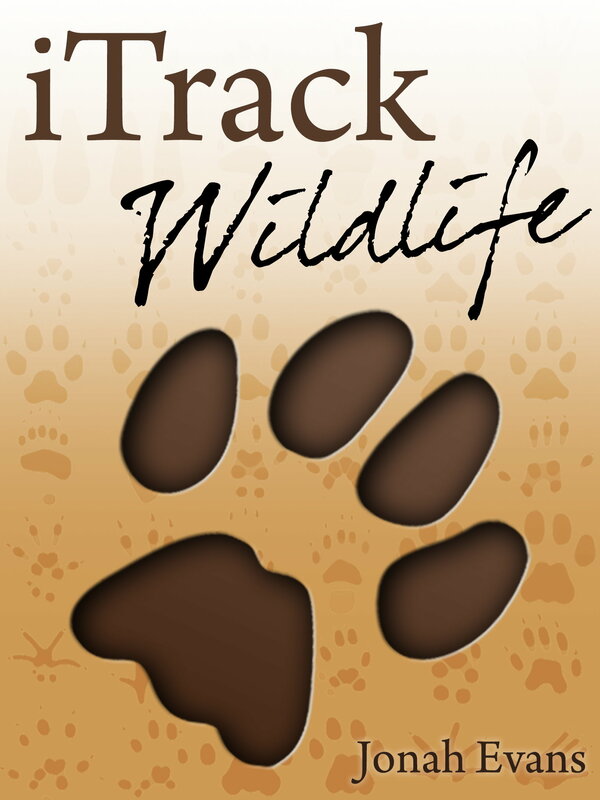
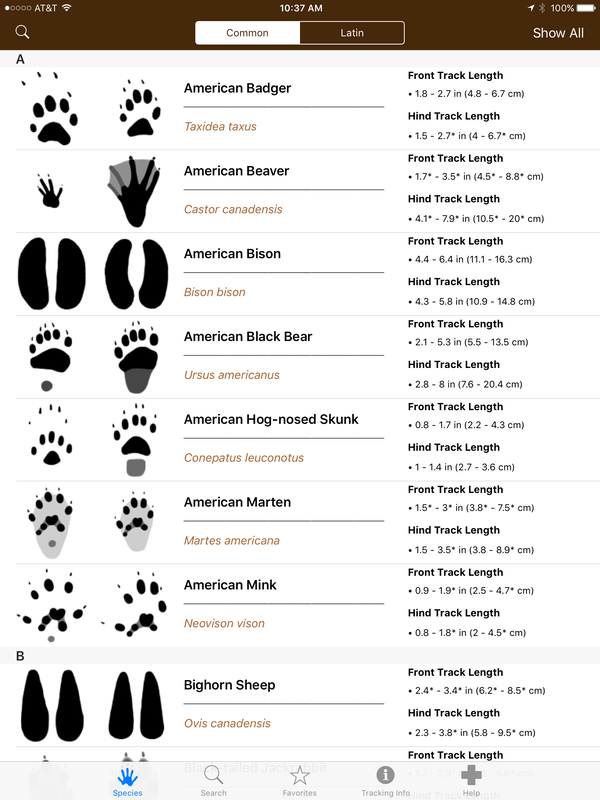
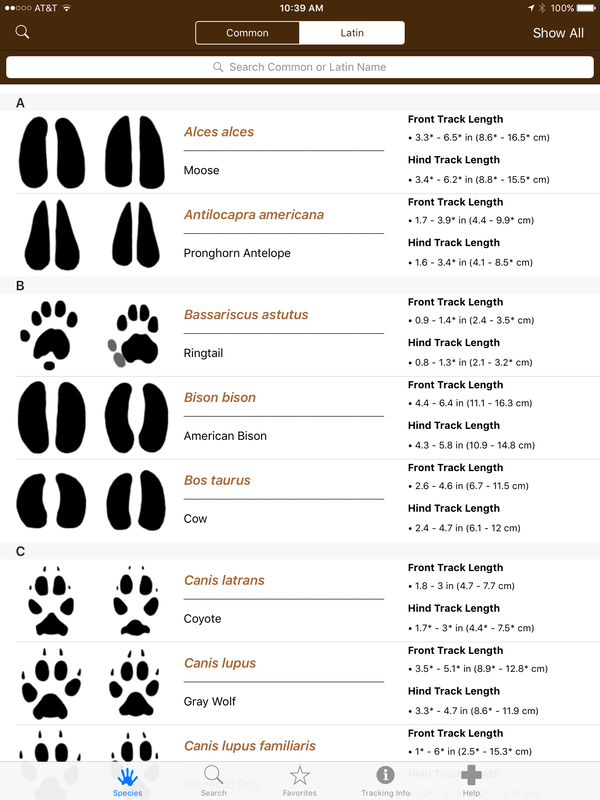
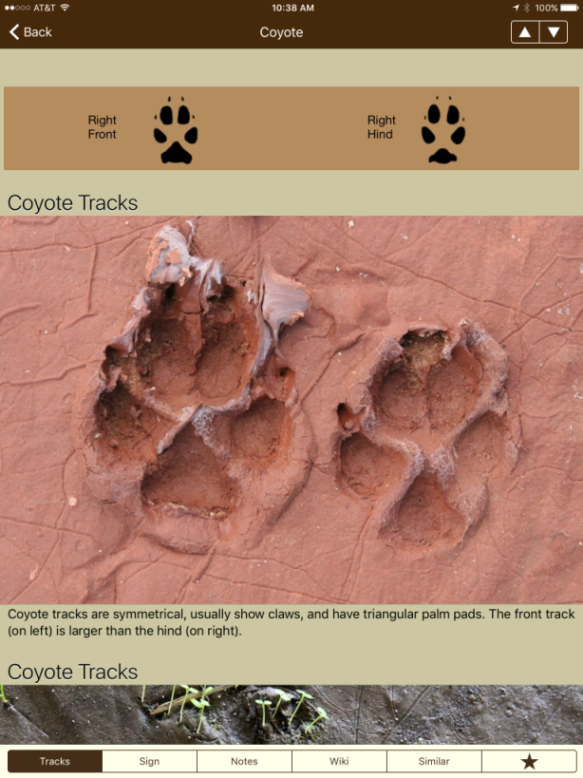
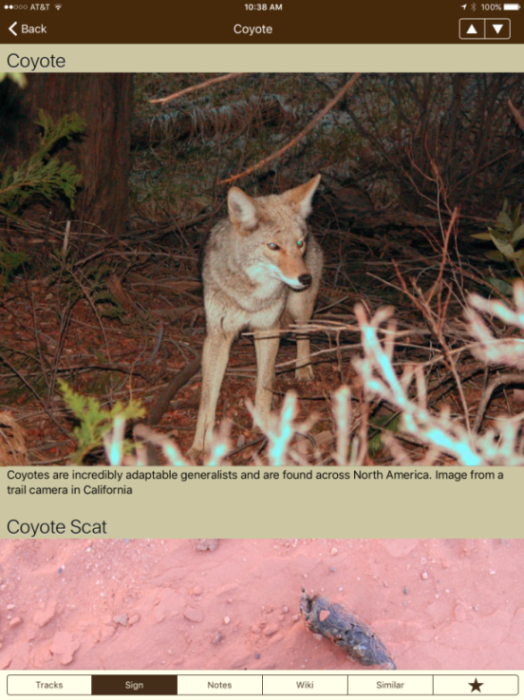
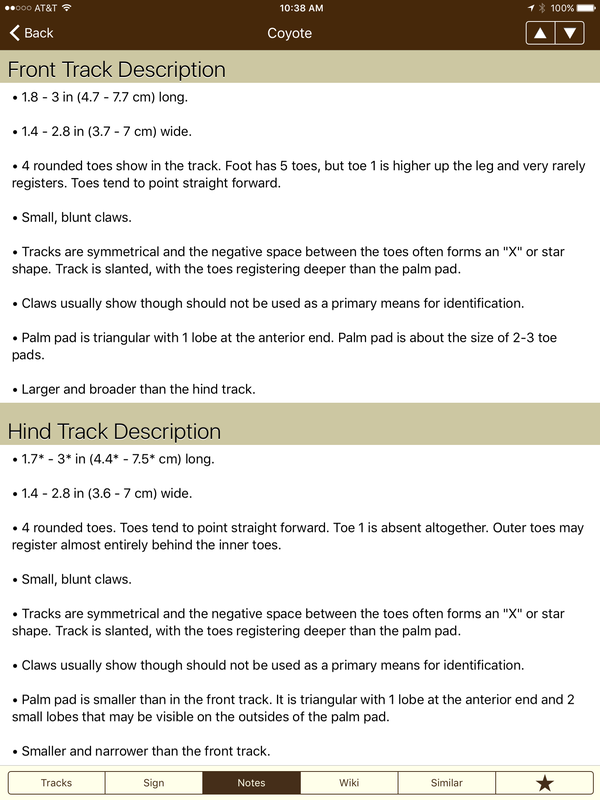
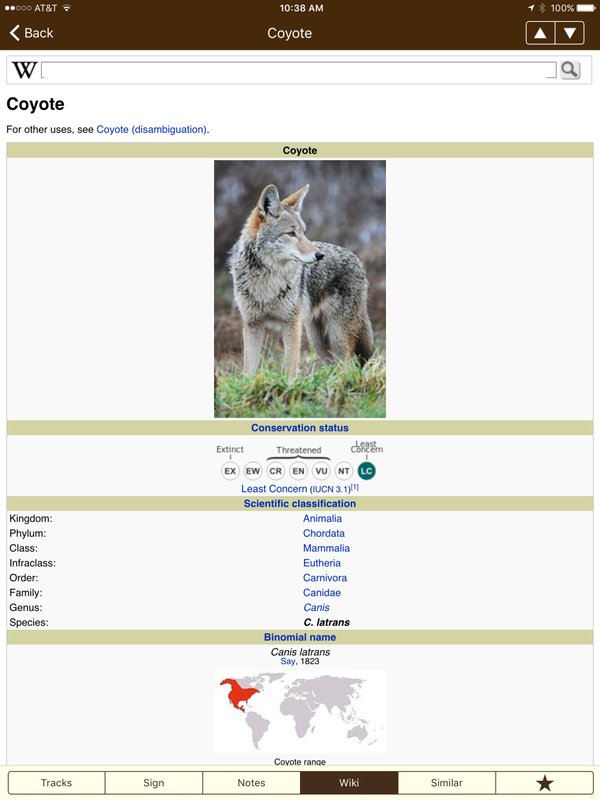
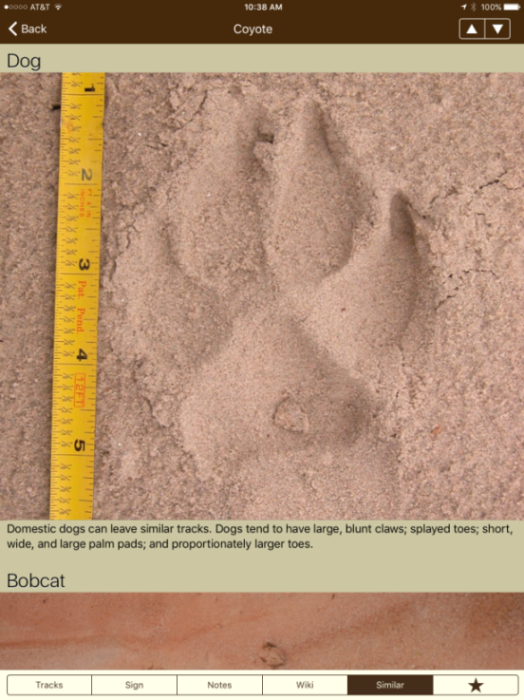

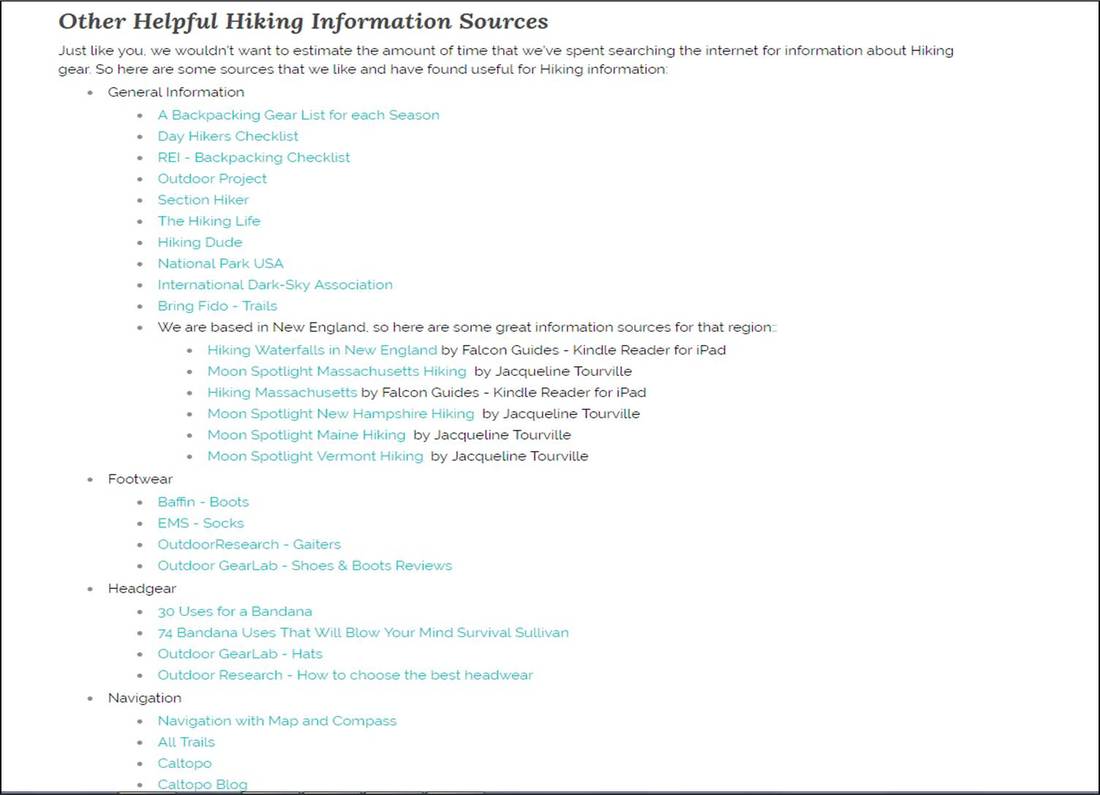
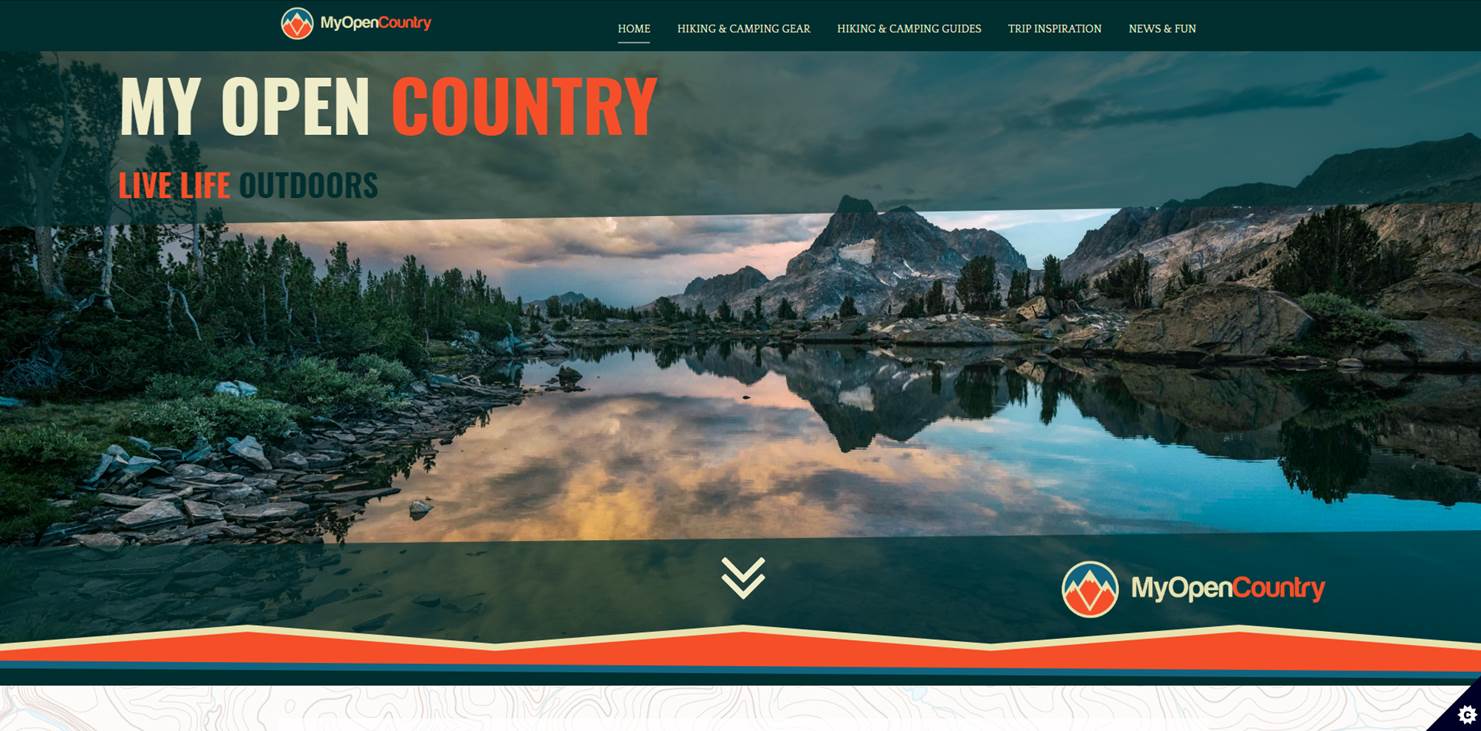
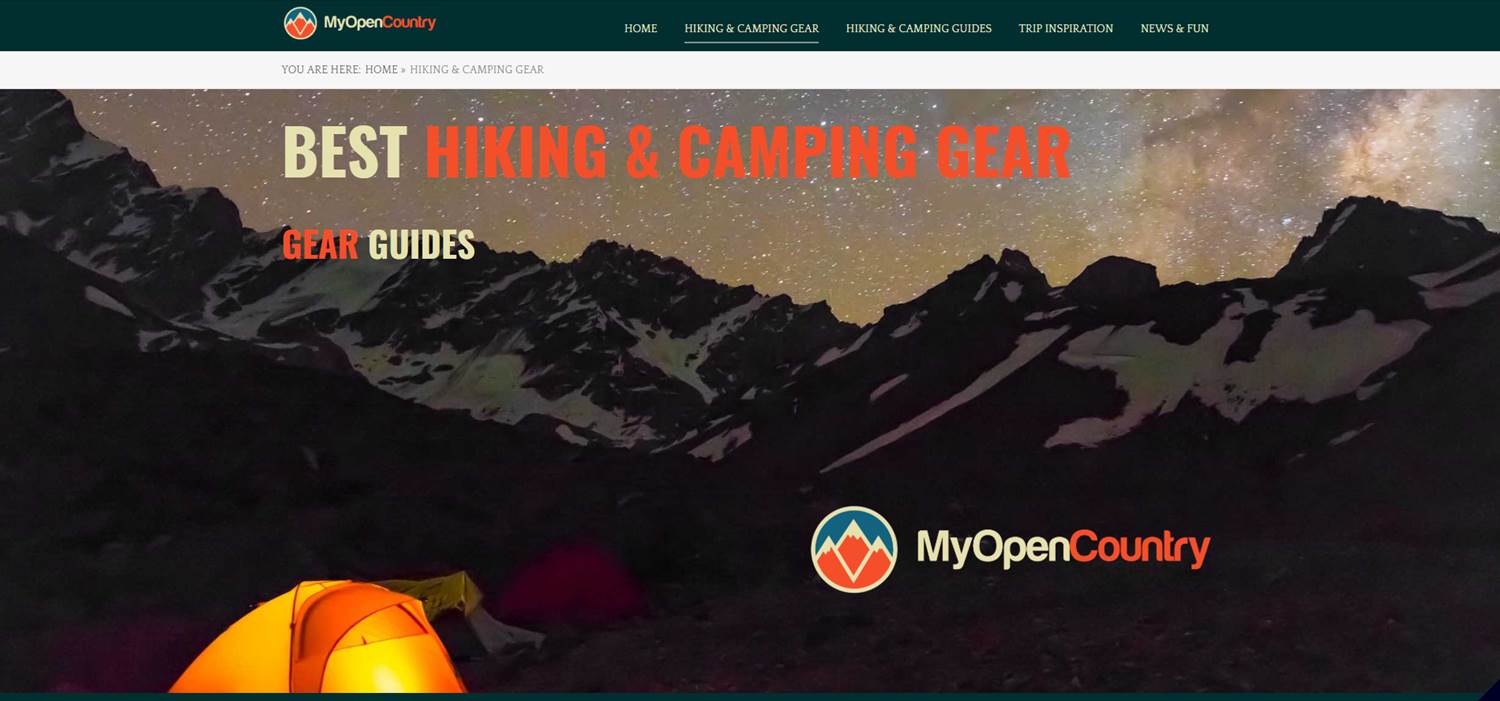

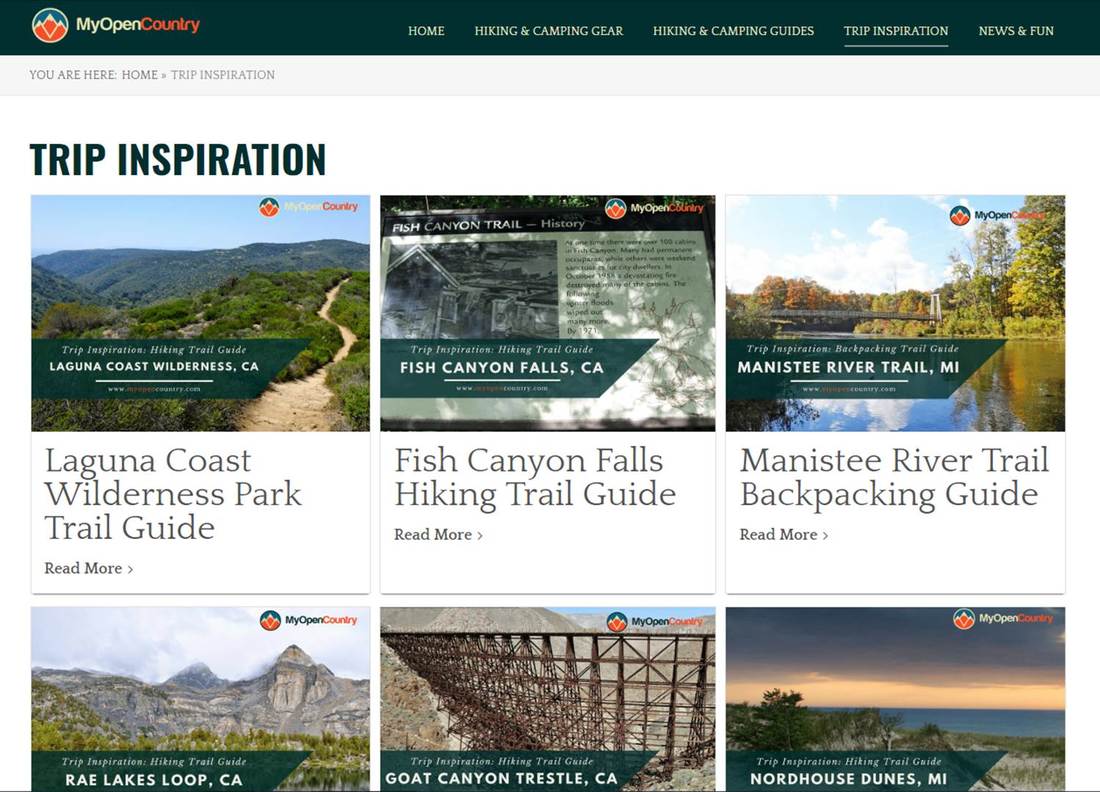
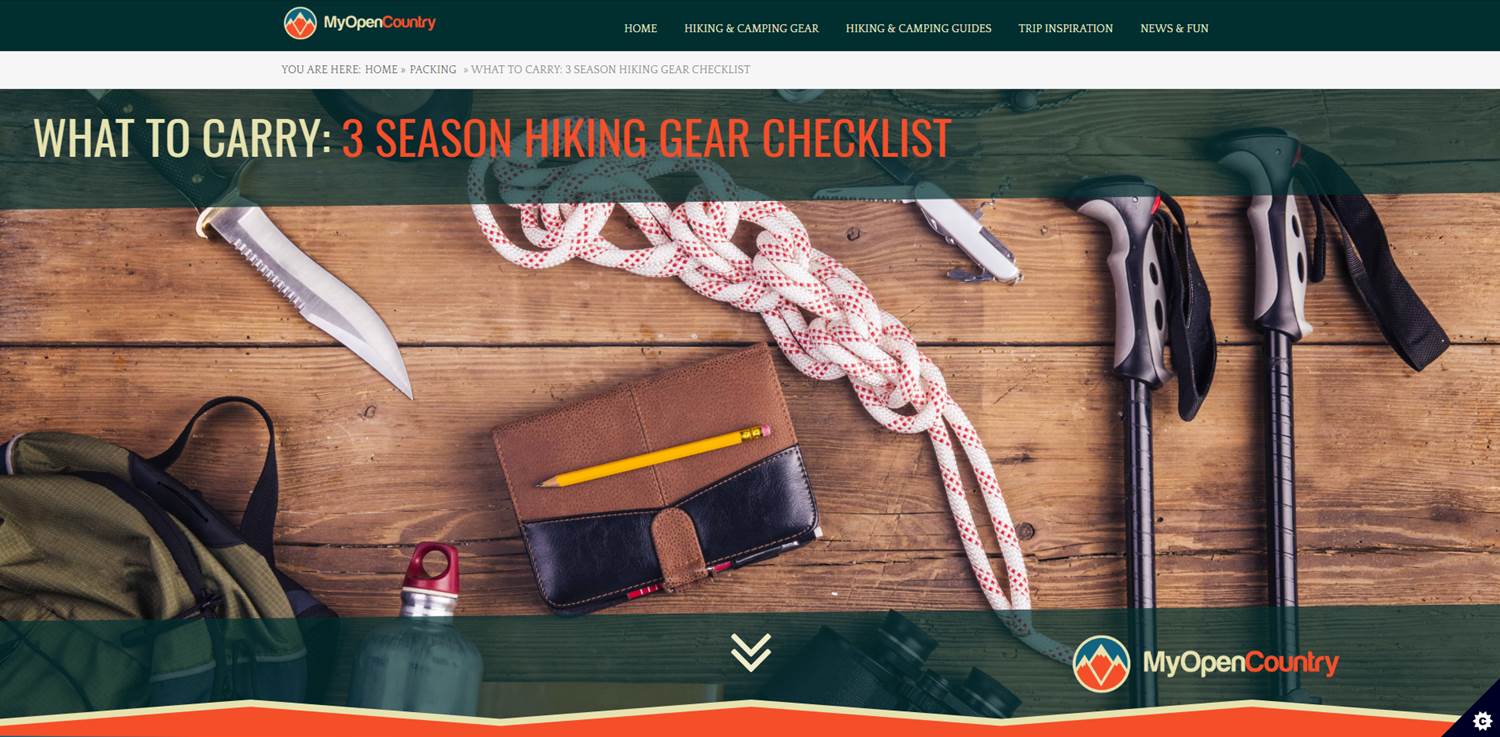
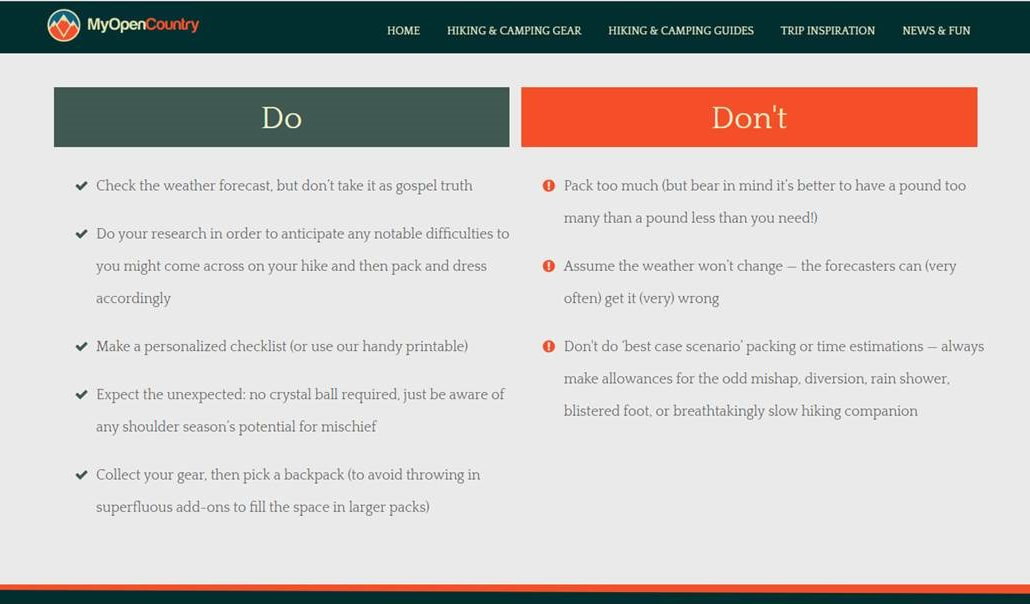


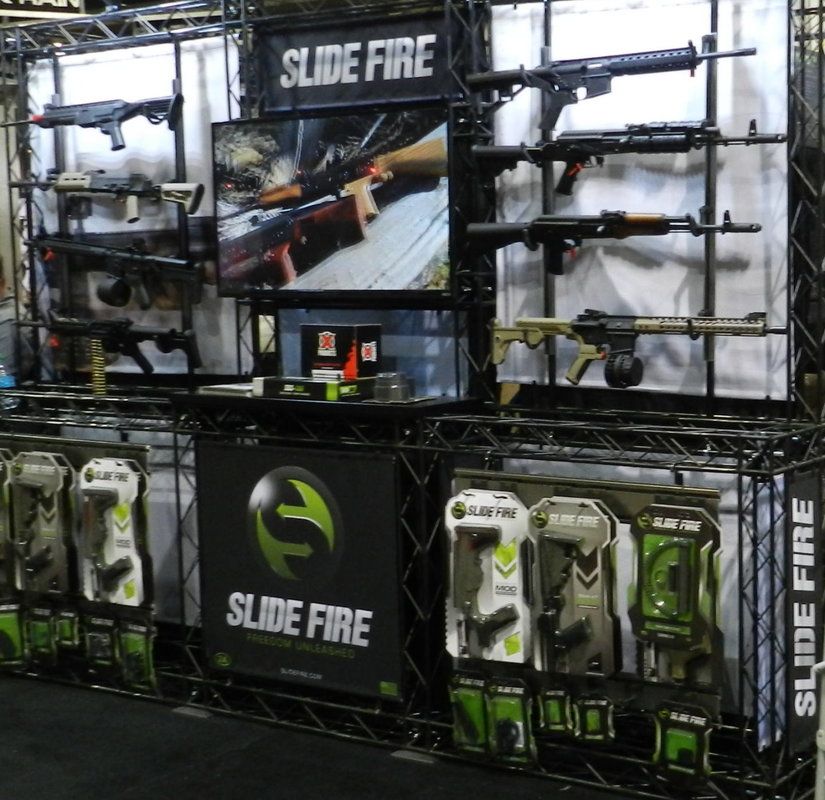
 RSS Feed
RSS Feed